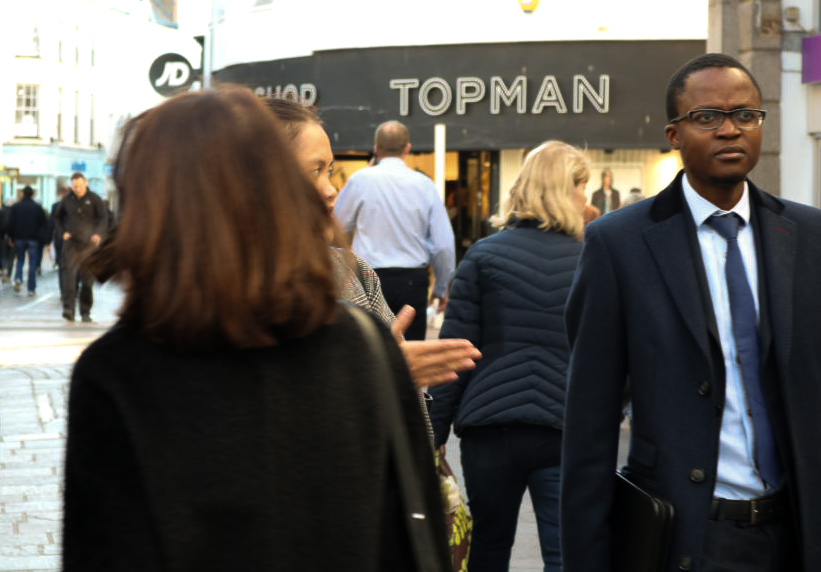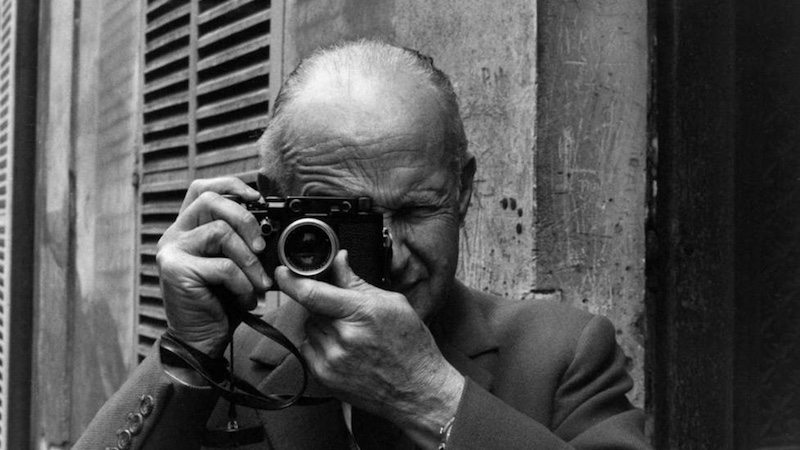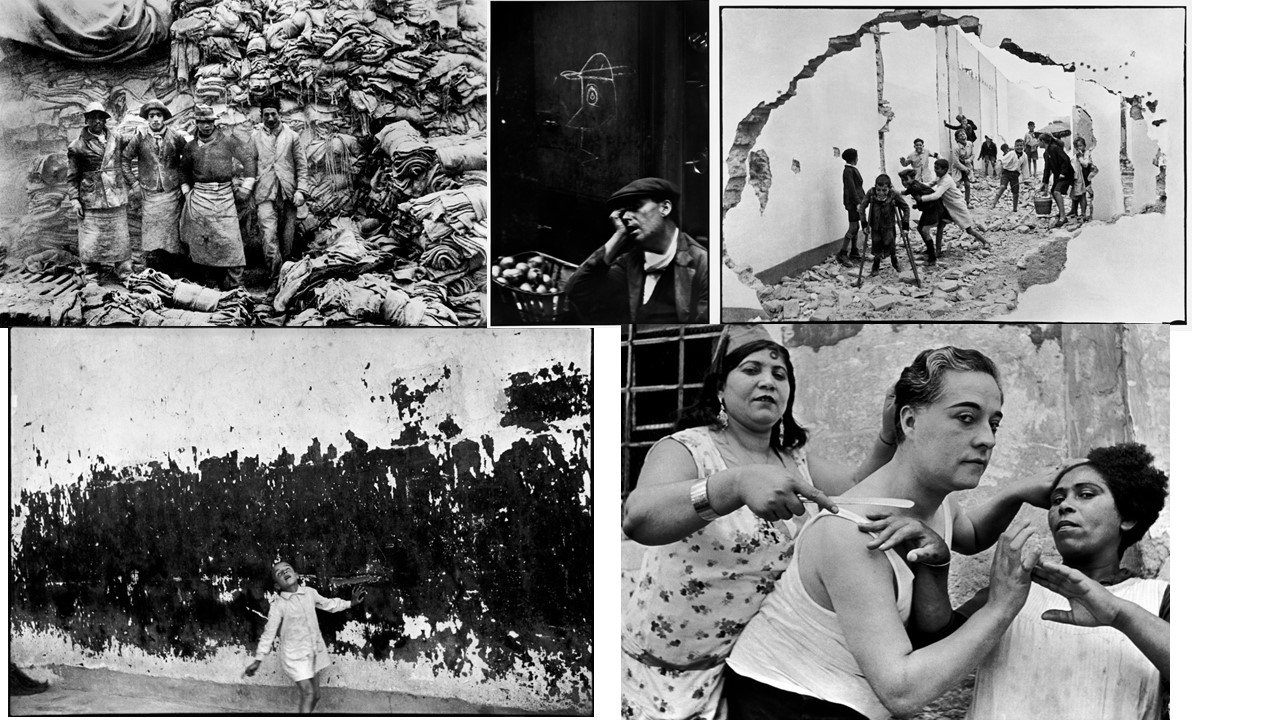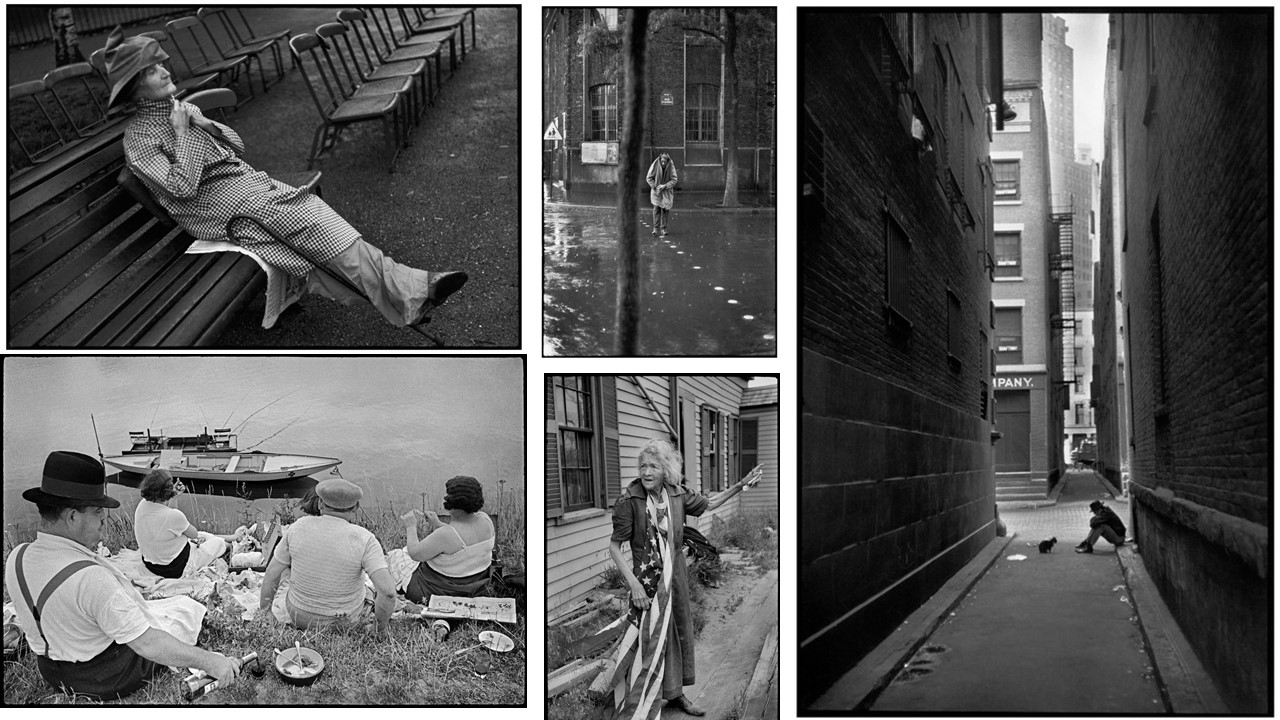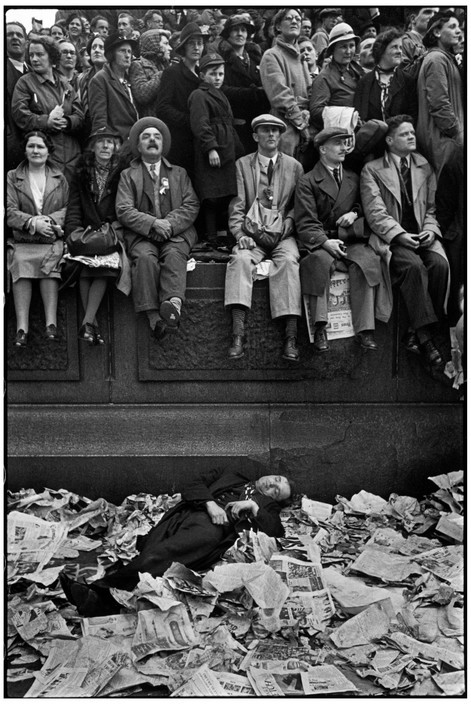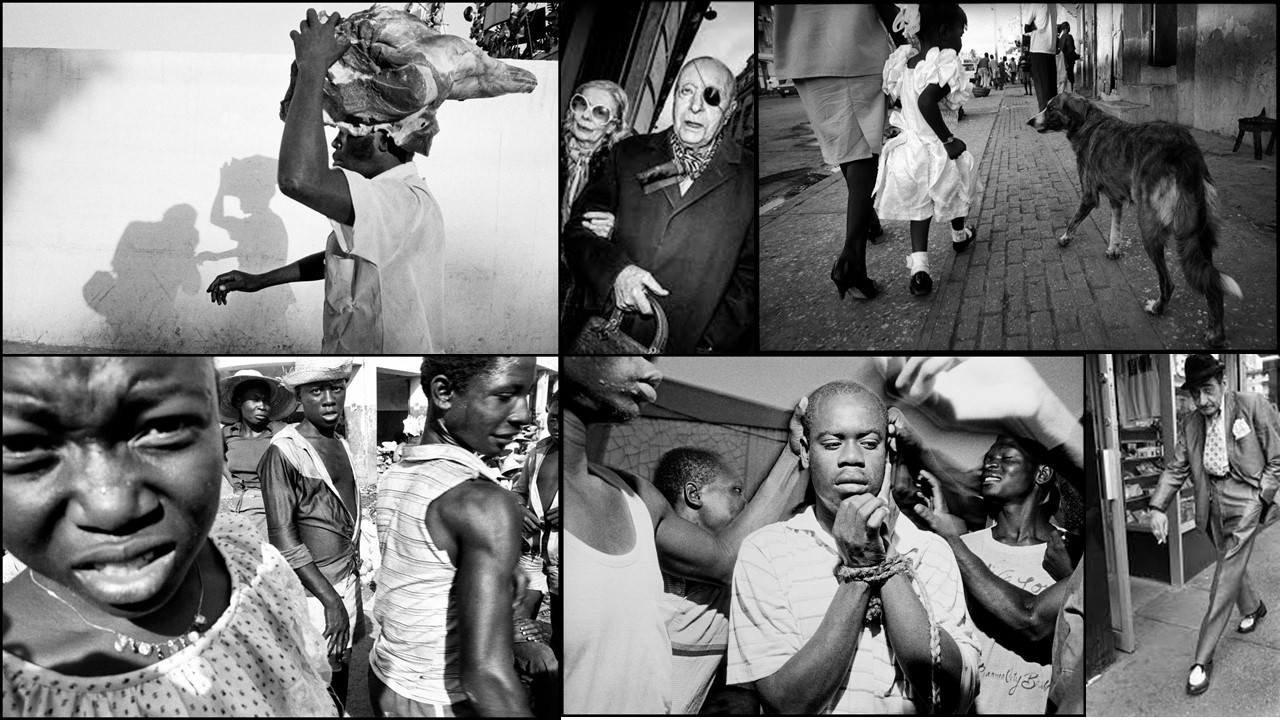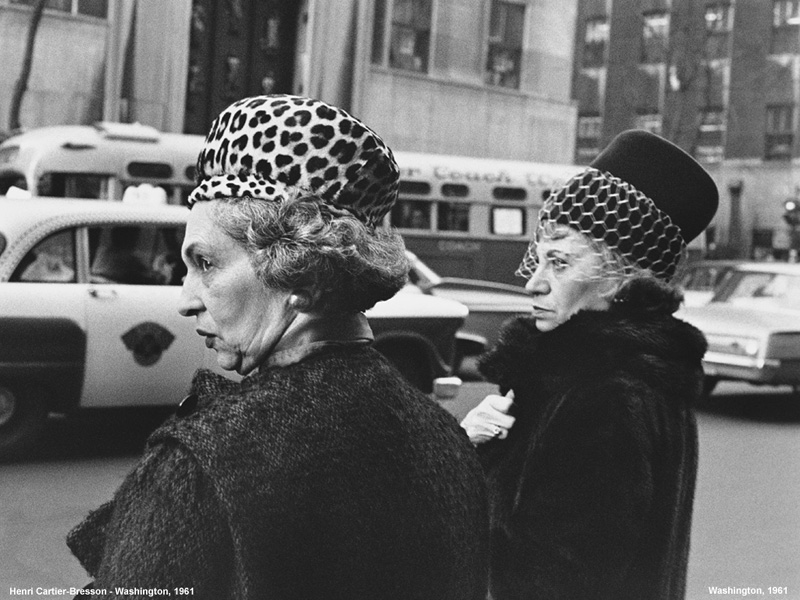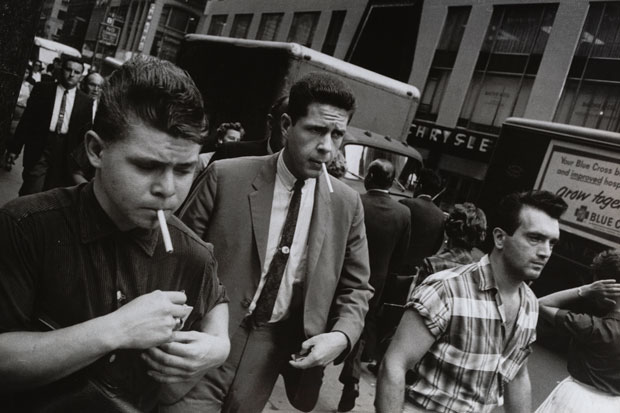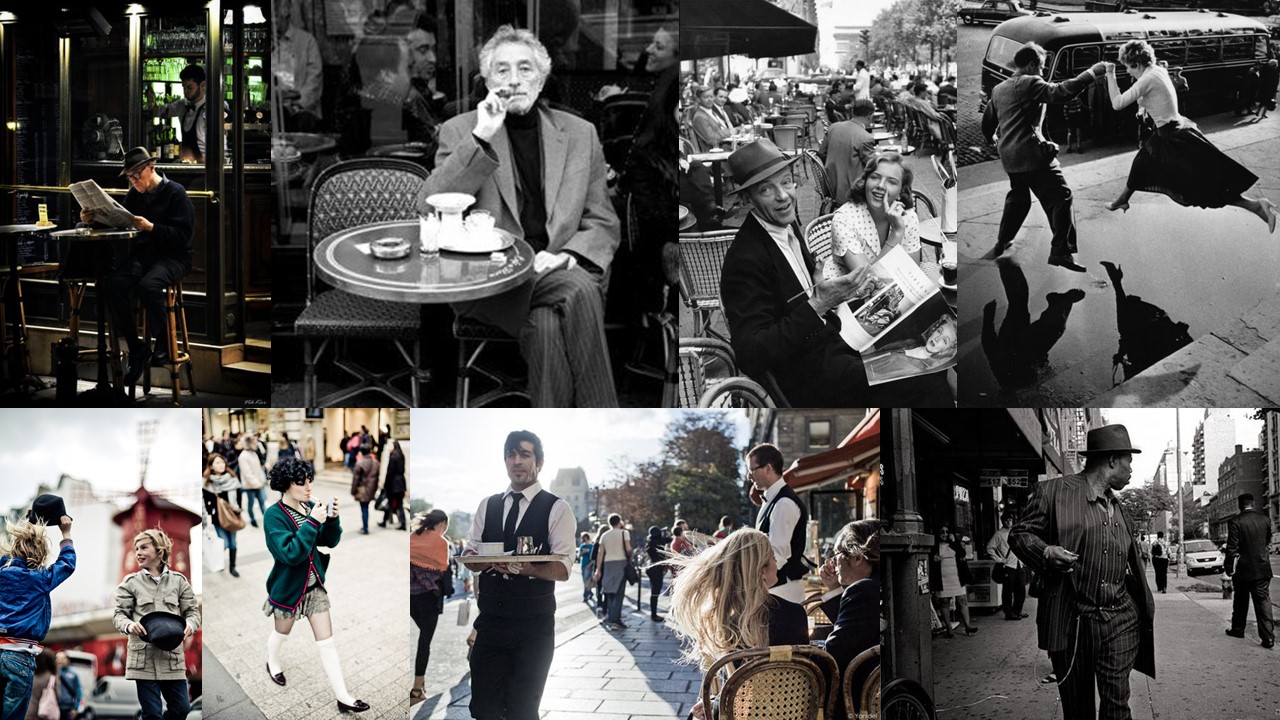As my first attempt at Tableaux viviant, we decided to recreate the following image as a group.

Context
This piece depicting Christ being entombed was created between 1603-1604, for a chapel in Vallicella, Rome.
Technical
This painting was painted with an oil on a canvas. It contains dark toned colours and hardly any brightly tones colours.
Visual
This painting shows Christ being entombed. In the painting you can see him surrounded by 5 other people, 2 men holding him and 3 women crowding around him with sad and distressed looks on their faces. This painting is also quite darkly pained, and there’s not much light incorporated into the photo, making the painting convey negative feelings to the audience.
Conceptual
As the painting is quite dark, as I mentioned before, I think that it it is trying to convey how upsetting it was for people to witness Christ being entombed as the colour black is usually associated with death and negativeness. The way Carvaggio painted this darkly, also clearly shows that he himself pictures this moment quite darkly, which shows that the painter was a religious man who is saddened by this event. The way Caravaggo painted Christ as the only person in the painting wearing bright white, clearly shows he wanted Christ to stand out as the most important person in this image, which shows he probably hold Christ in high regards, and thinks highly of him also.
Process
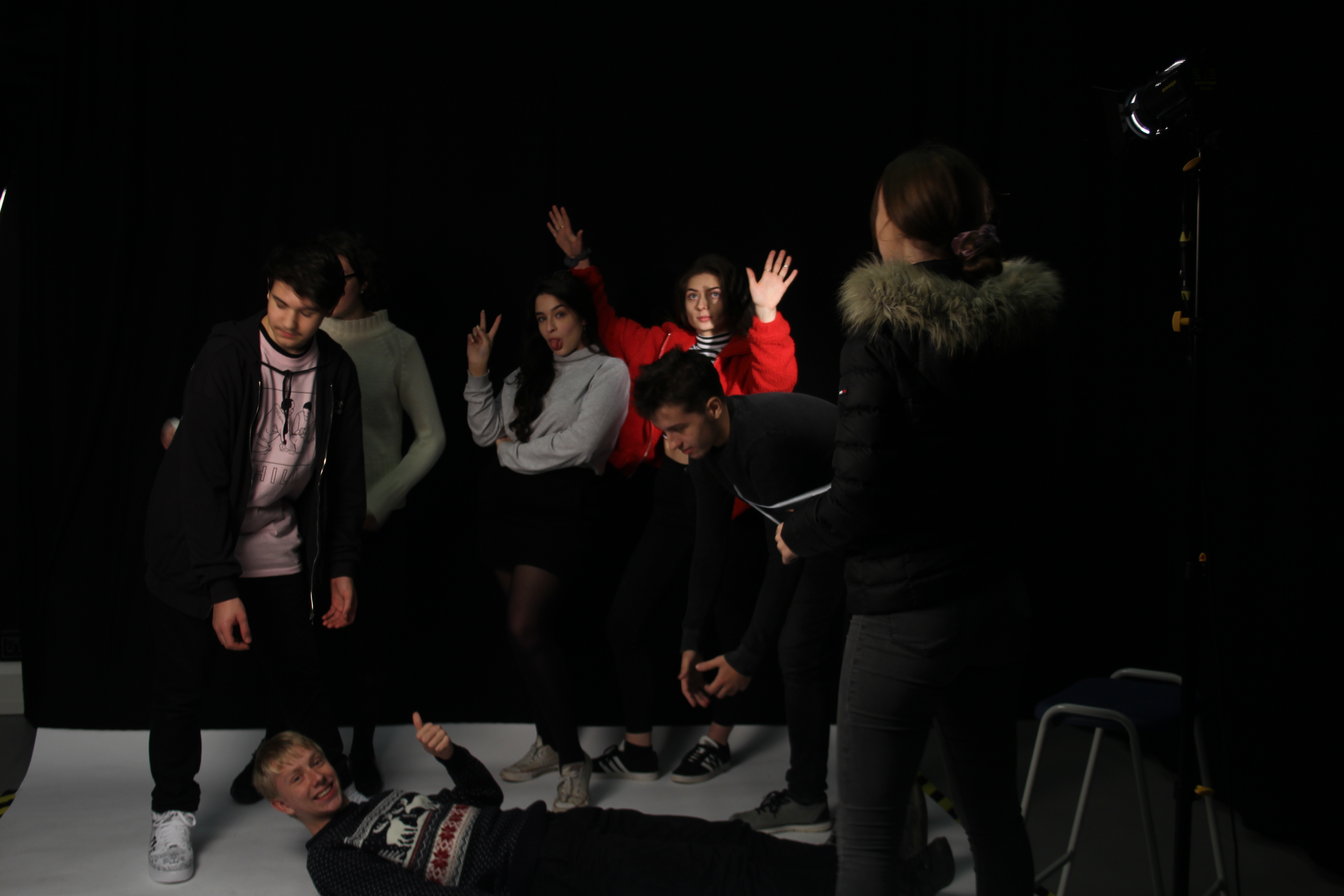
Here you can see a member of our group directing the rest of the group in order to get us into a similar position to the people shown in Caravaggio’s painting. During this process it was important that the background was dark, which was the we decided to use the black backdrop. It took some times in order for the member of the group to be positioned properly, and for the lighting to also be set out accurately. After we all knew where we were standing and how we had to pose out bodies in order to achieve an accurate representation of the original painting, the directer along with the photographer moved onto the lighting. A light was placed focused on our group that we all stood out and also so that the background was a dark colour in comparison to the people posed.
Contact sheet
Final outcome

This was the best image outcome captured by the photographer. In this image we have successfully been able to position ourselves similar to those that were pained in the painting. We have also successful been able to convey our assigned characters’ emotions on our faces, which is an important element in tableaux. The background is also very ark which helps us to convey the elements of darkness and death from Caravaggio’s painting into our image. This was achieved through a black background, and also by the strategic placing of lighting which made the actors stand out even more compared to the background.
Analysing the process
While experiencing this process I learnt many important things that I will use, and take into consideration when I do my own tableaux photo shoot.
Firstly, I learnt that the most important part of tableaux is the positioning of the actors along with their expressions, rather than how you actually take the image itself. The majority of the time in this photo shoot, went into making sure we looked accurate and also into making sure the light and the background complemented each other so that our image would convey the same concept that the painting did.
Secondly, I noticed that the director has to be very clear with their instructions, and that they also need to have a very clear vision in their head of how they want the scenery to look. Since a huge part of obtaining a successful tableaux image is planning, I know that when I come to do my own it has to be well planned so that it turns out accurately. I also now know how important scenery/location and lighting is in order to make a successful tableaux image.

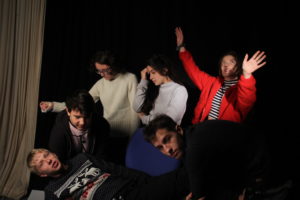

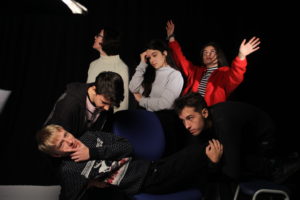
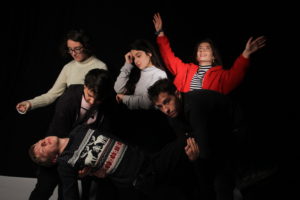

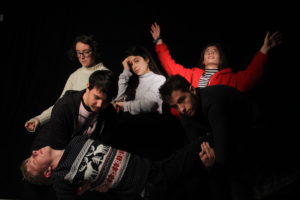






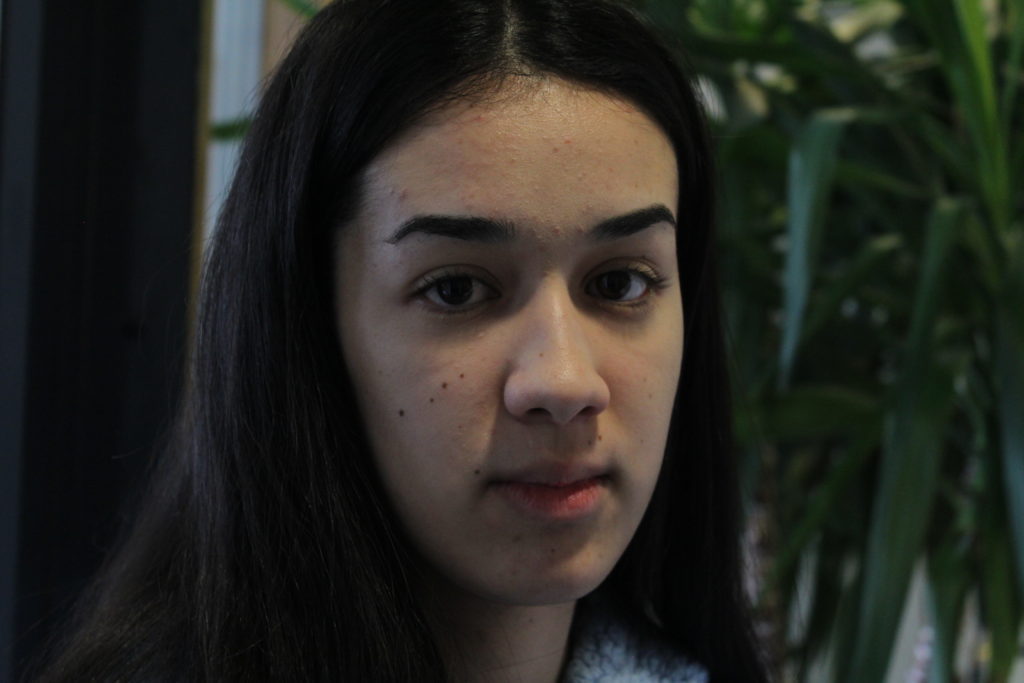


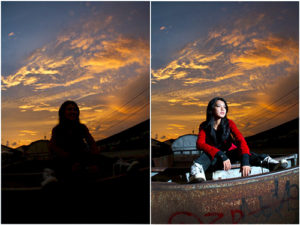

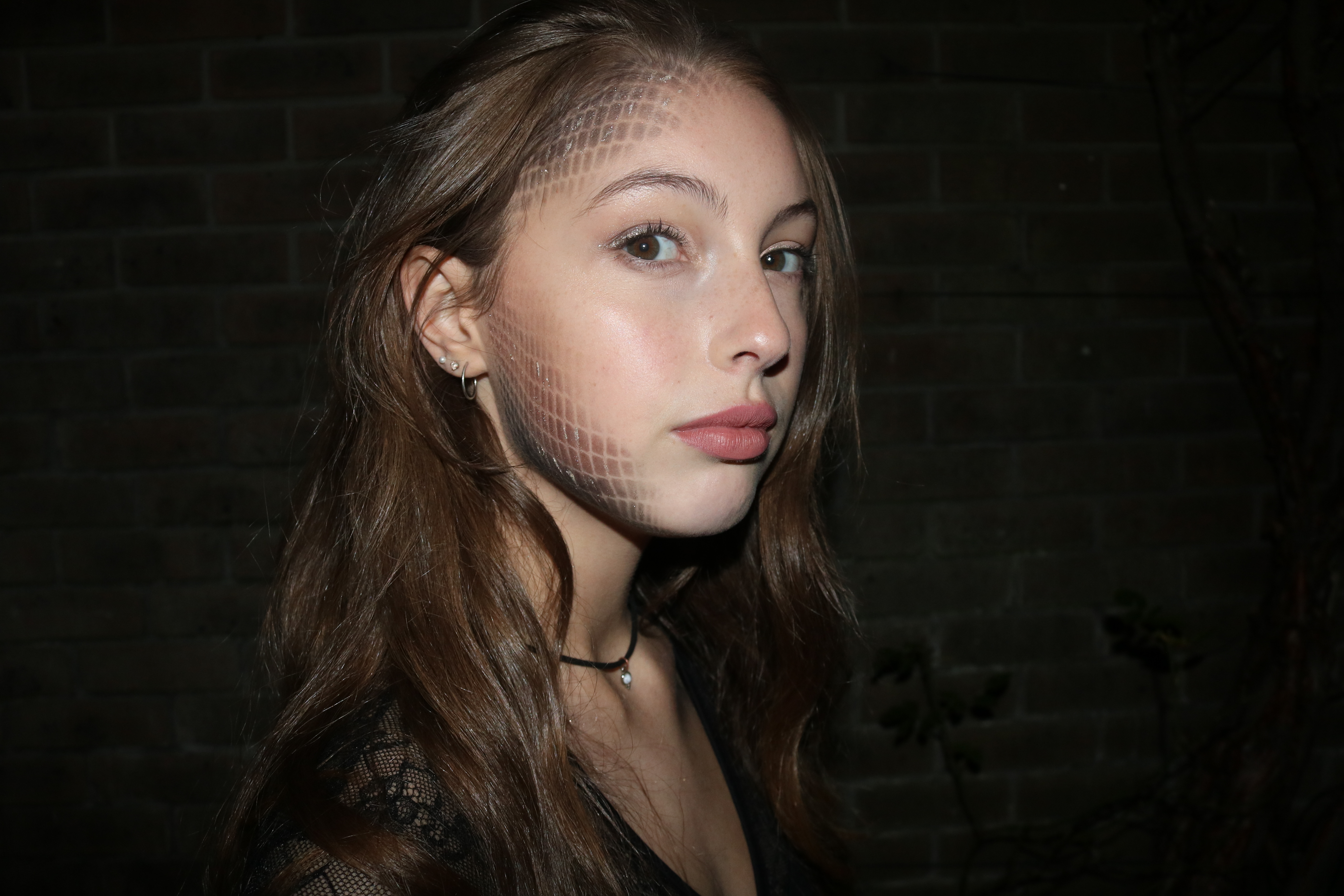

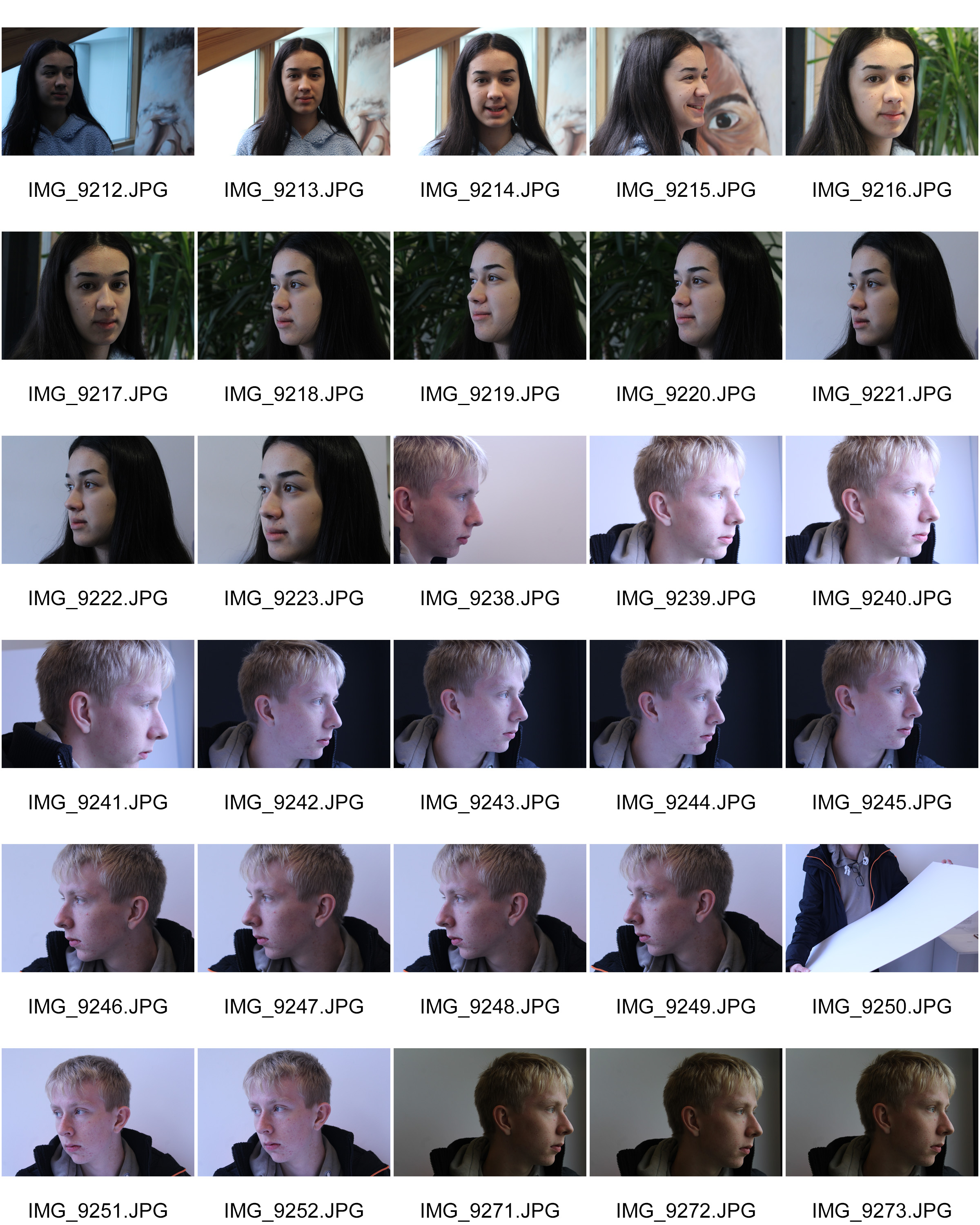
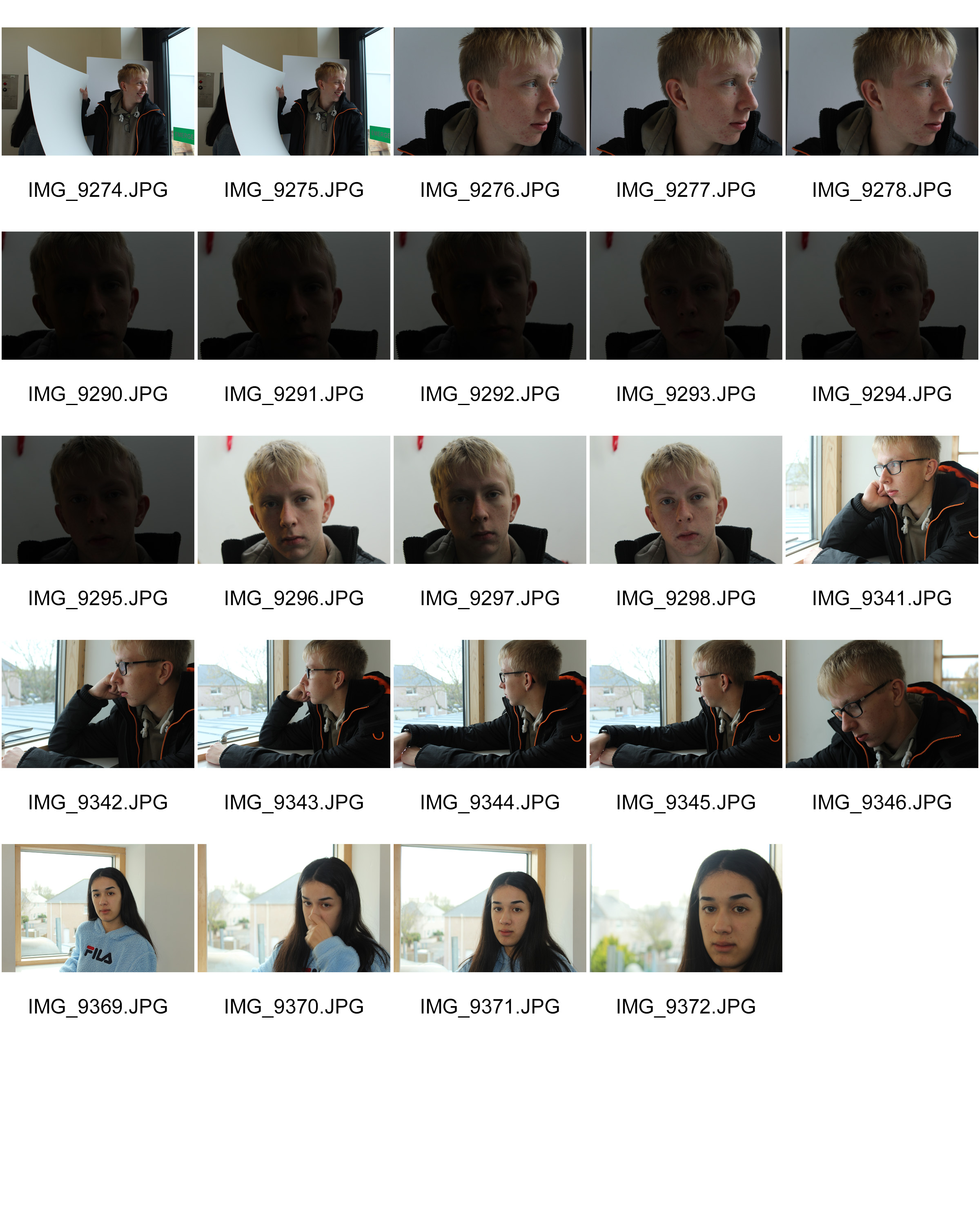 Best outcomes
Best outcomes
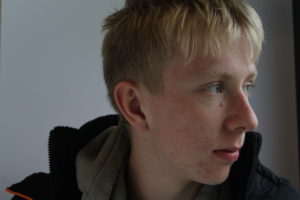
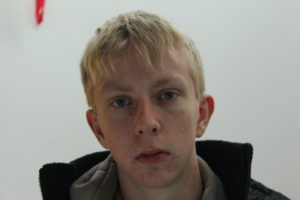
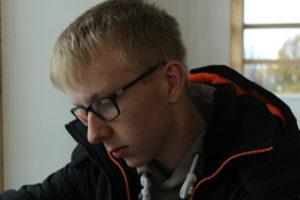
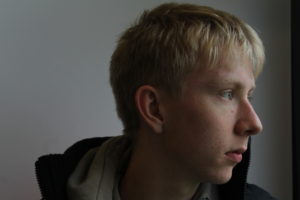
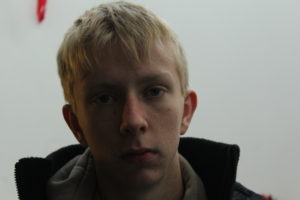
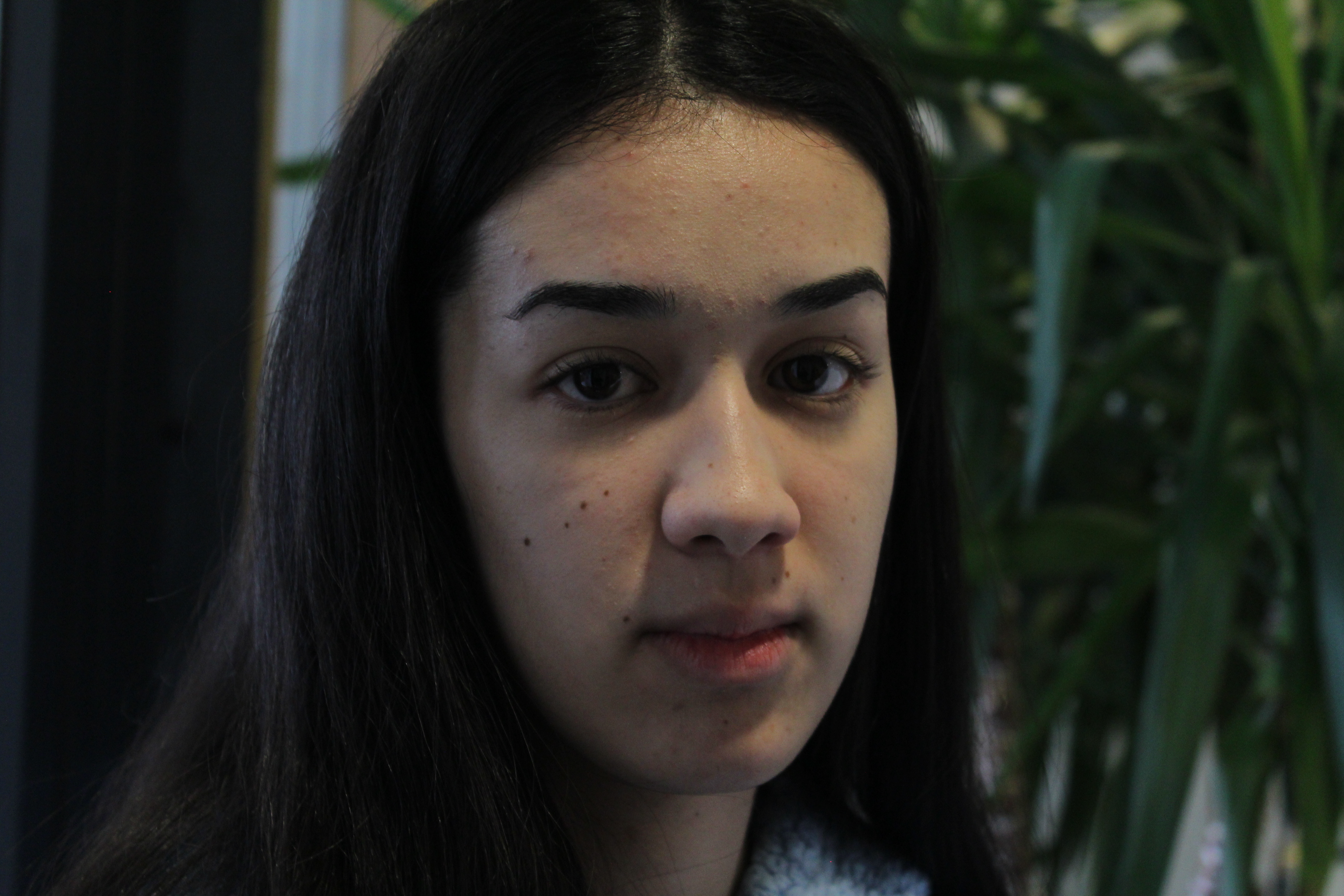 Technical
Technical


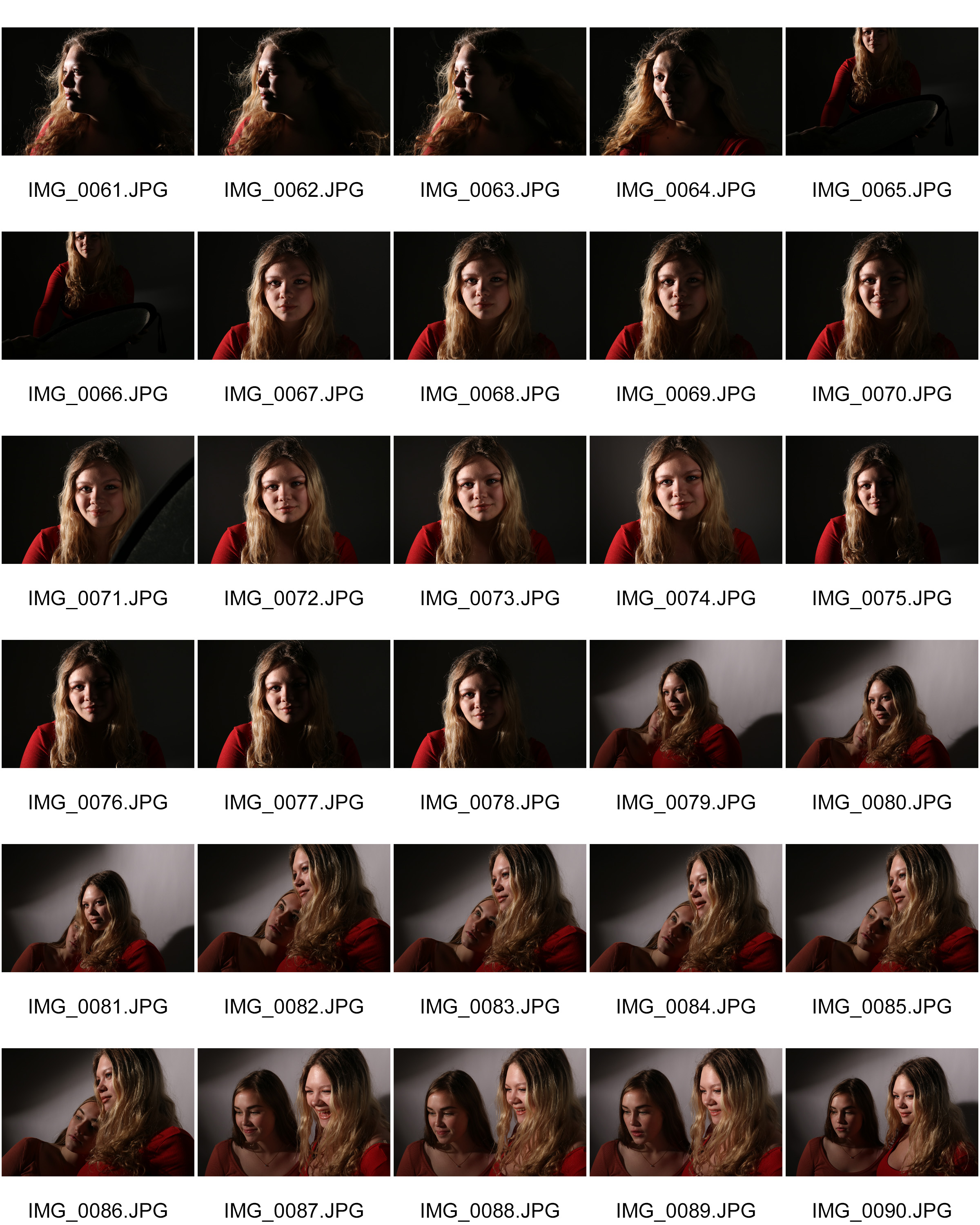
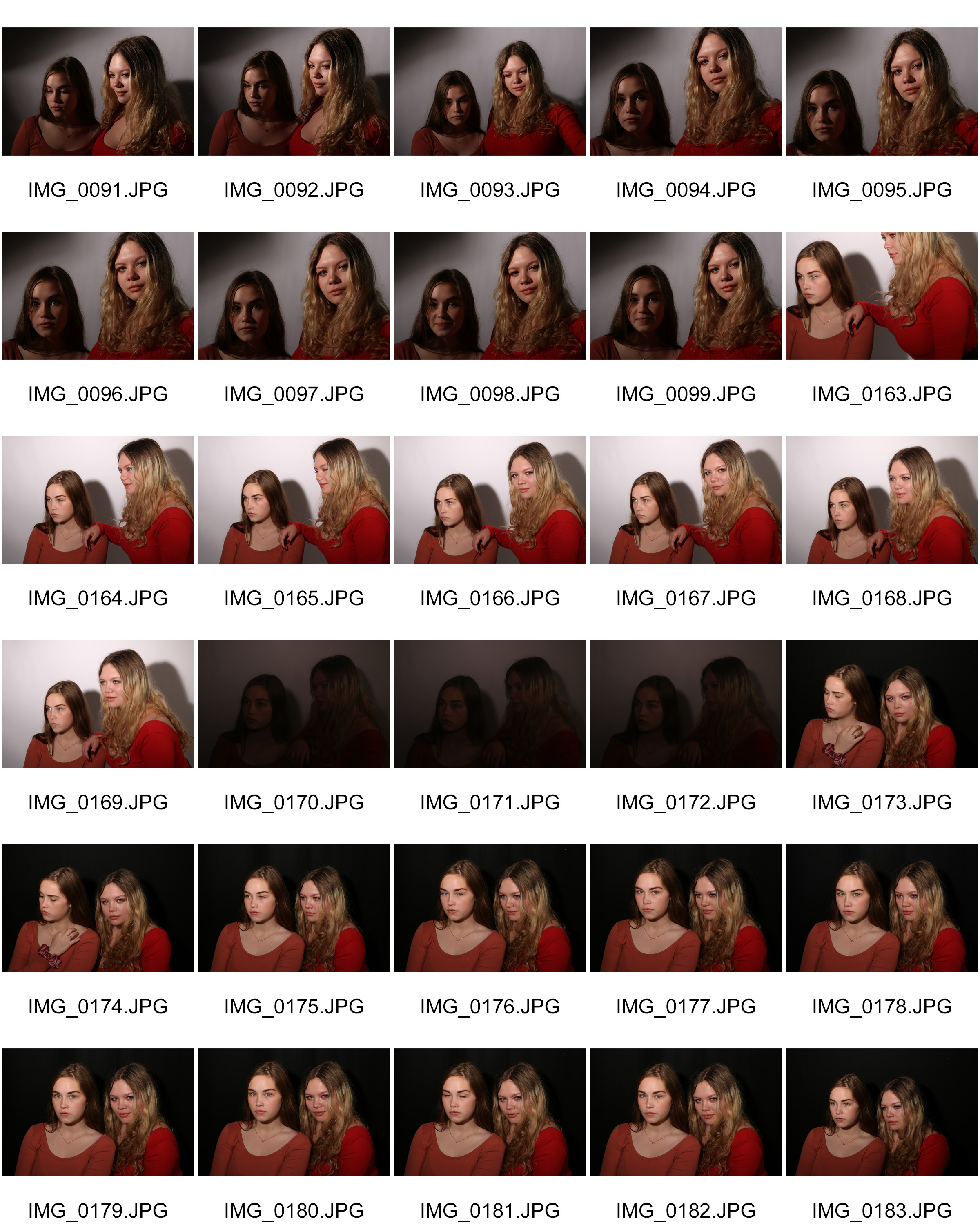
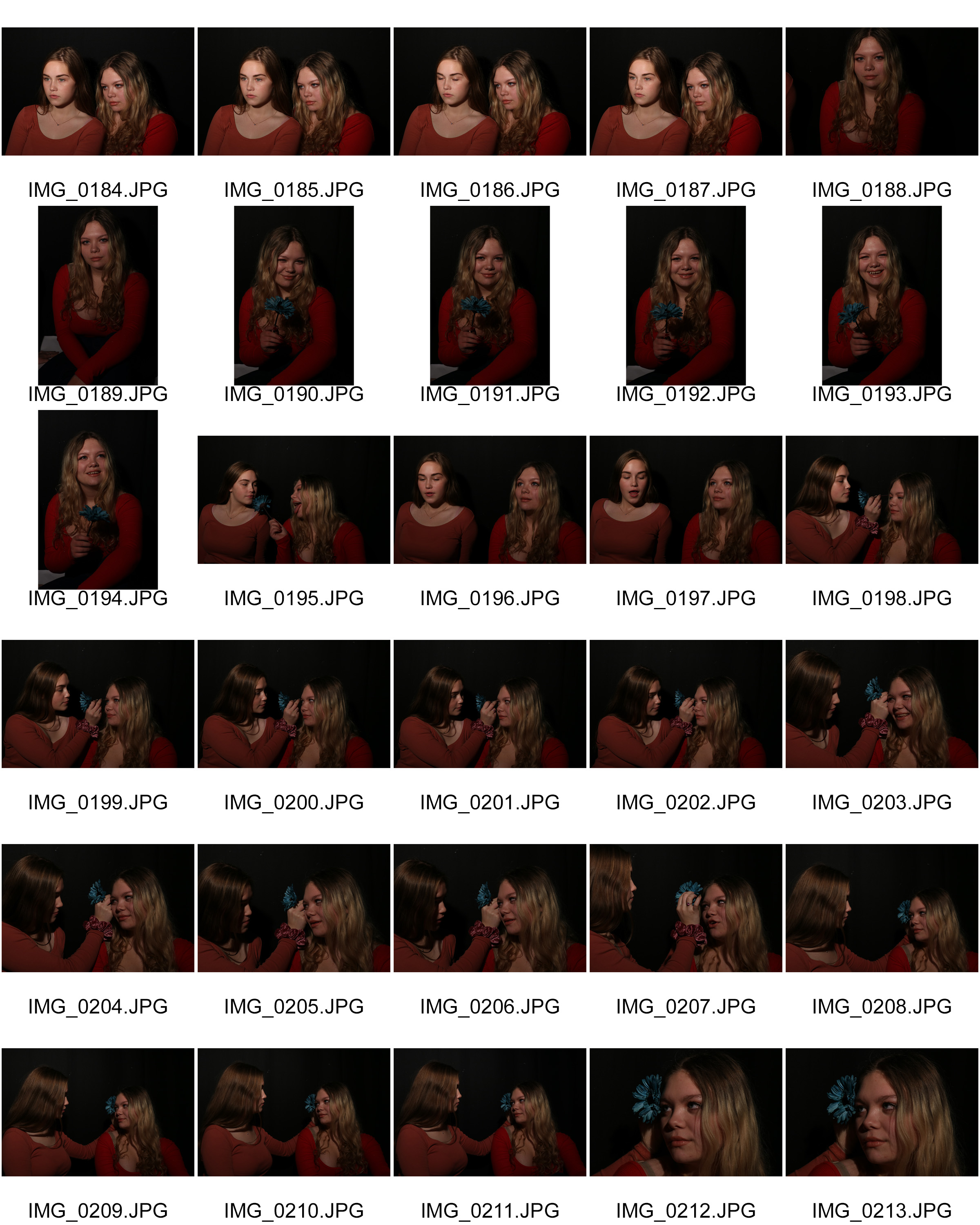
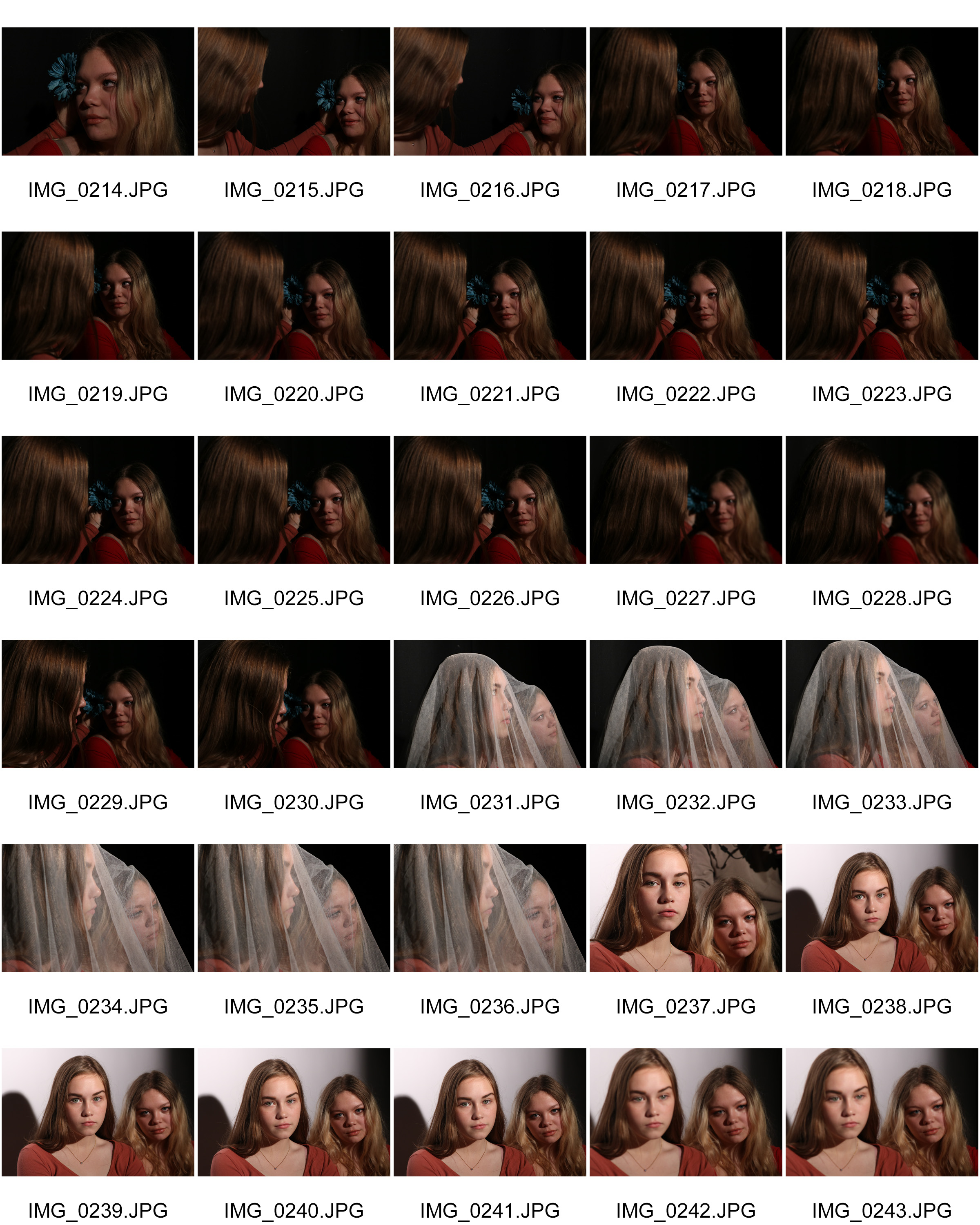
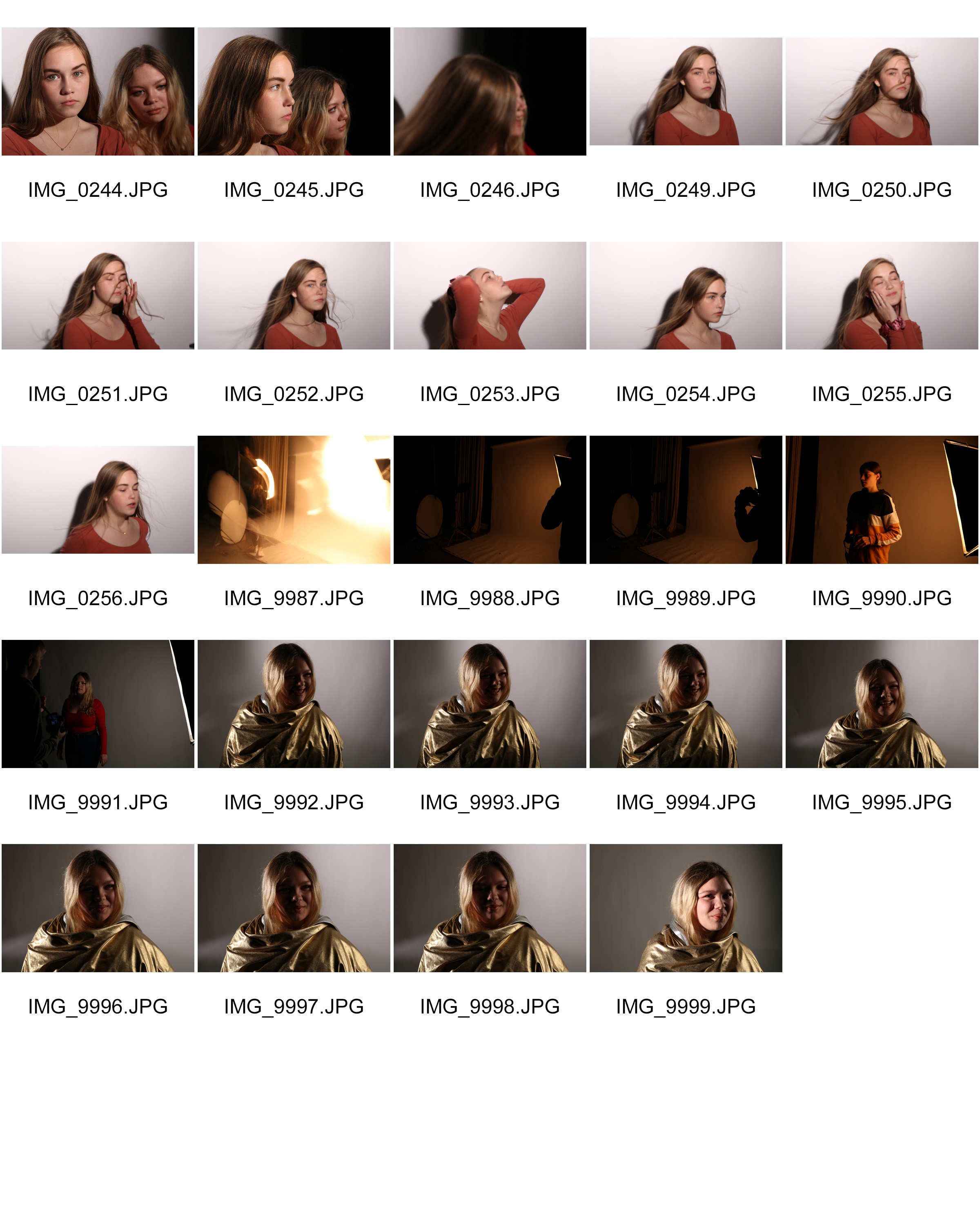 Best outcomes
Best outcomes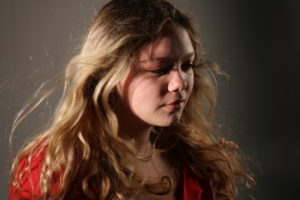
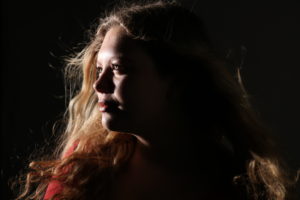
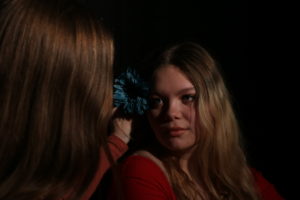



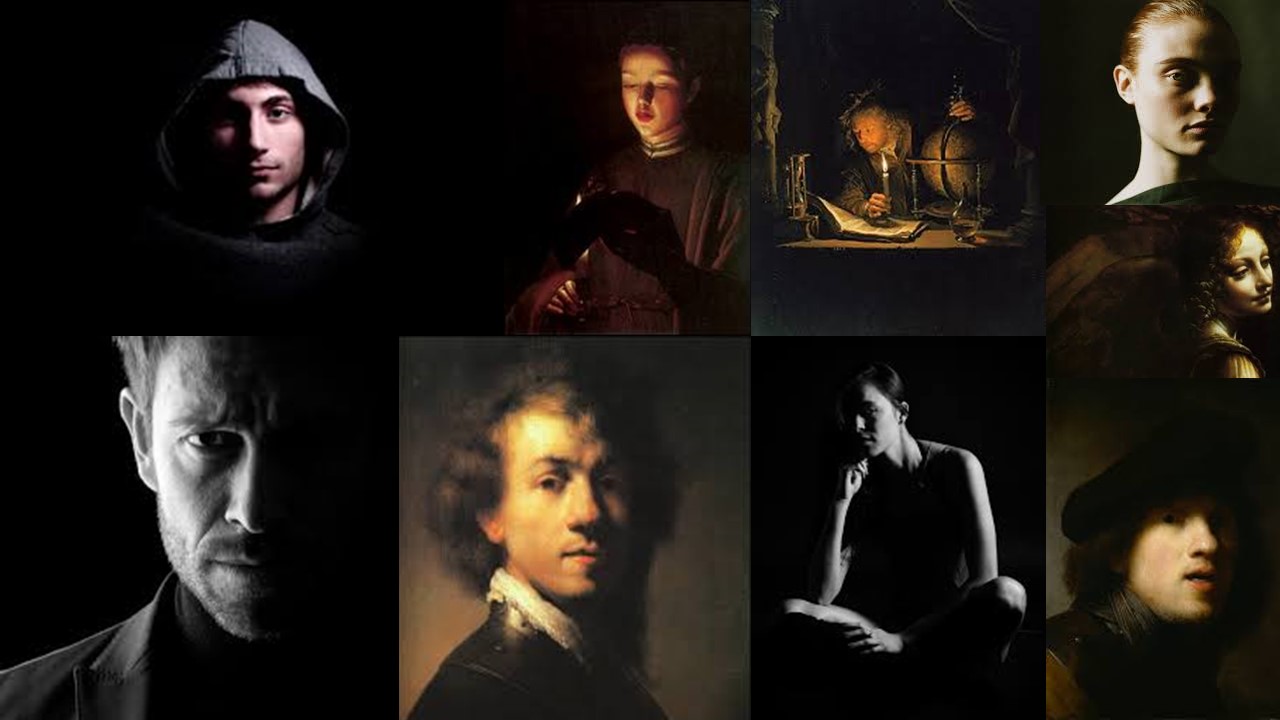
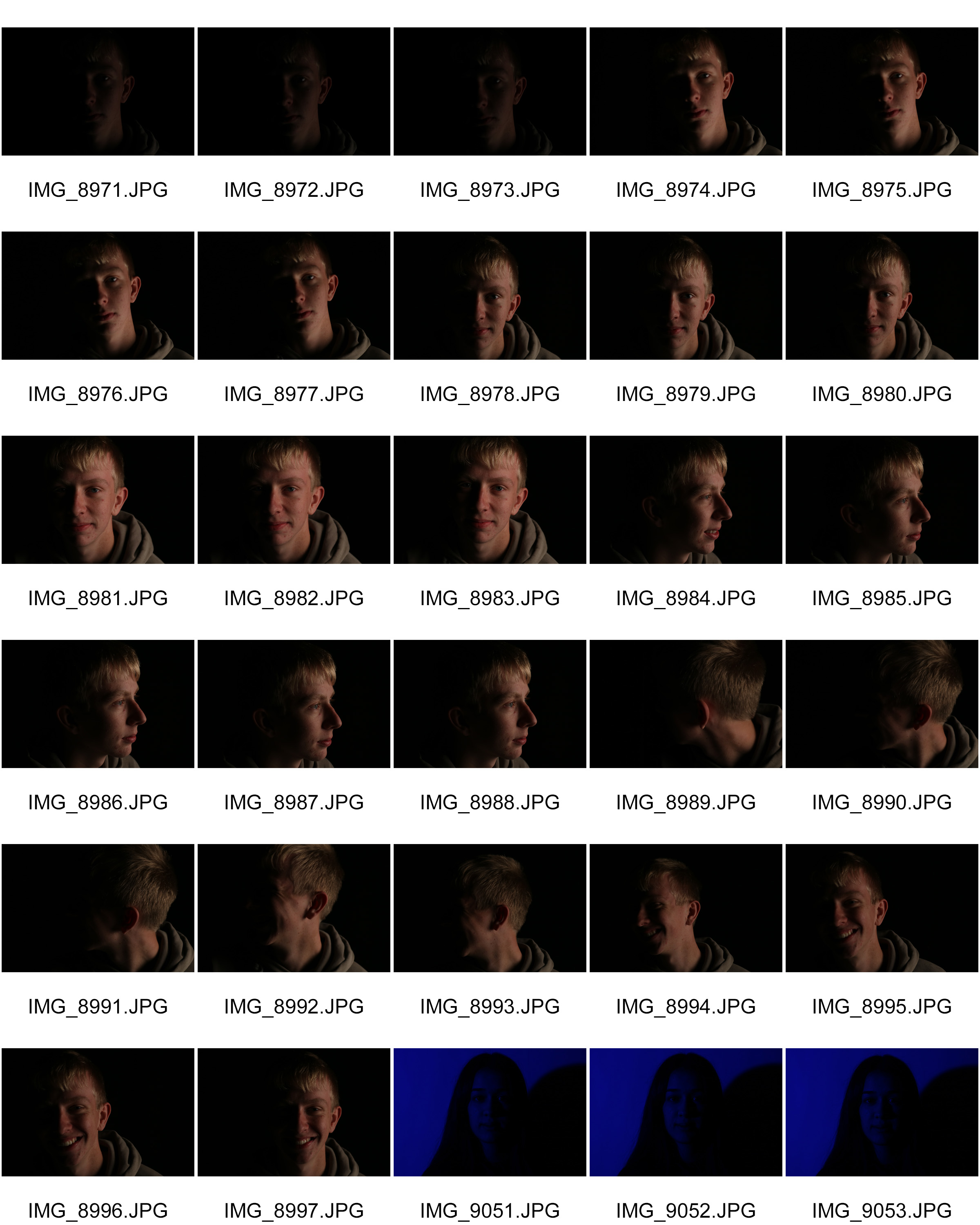
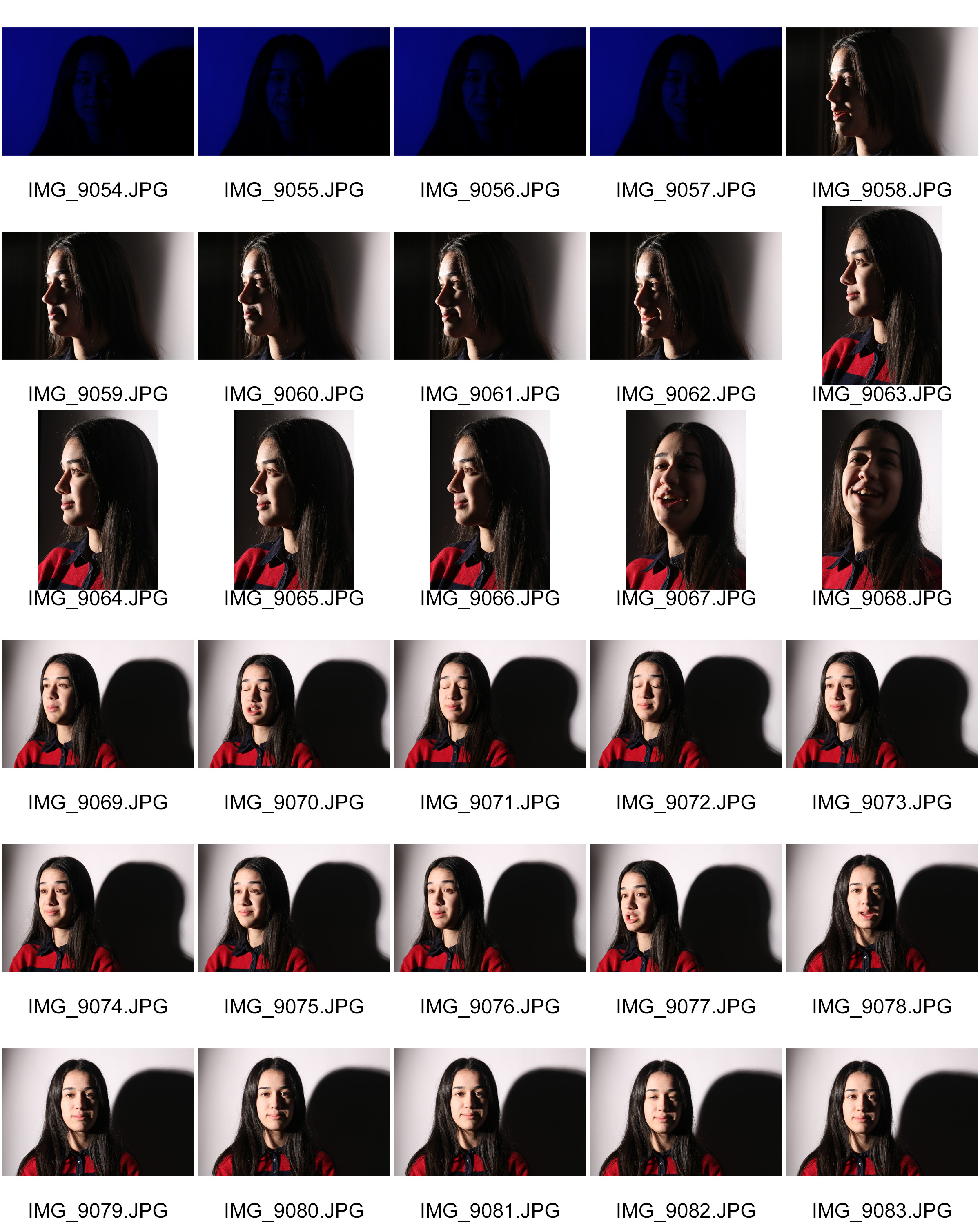
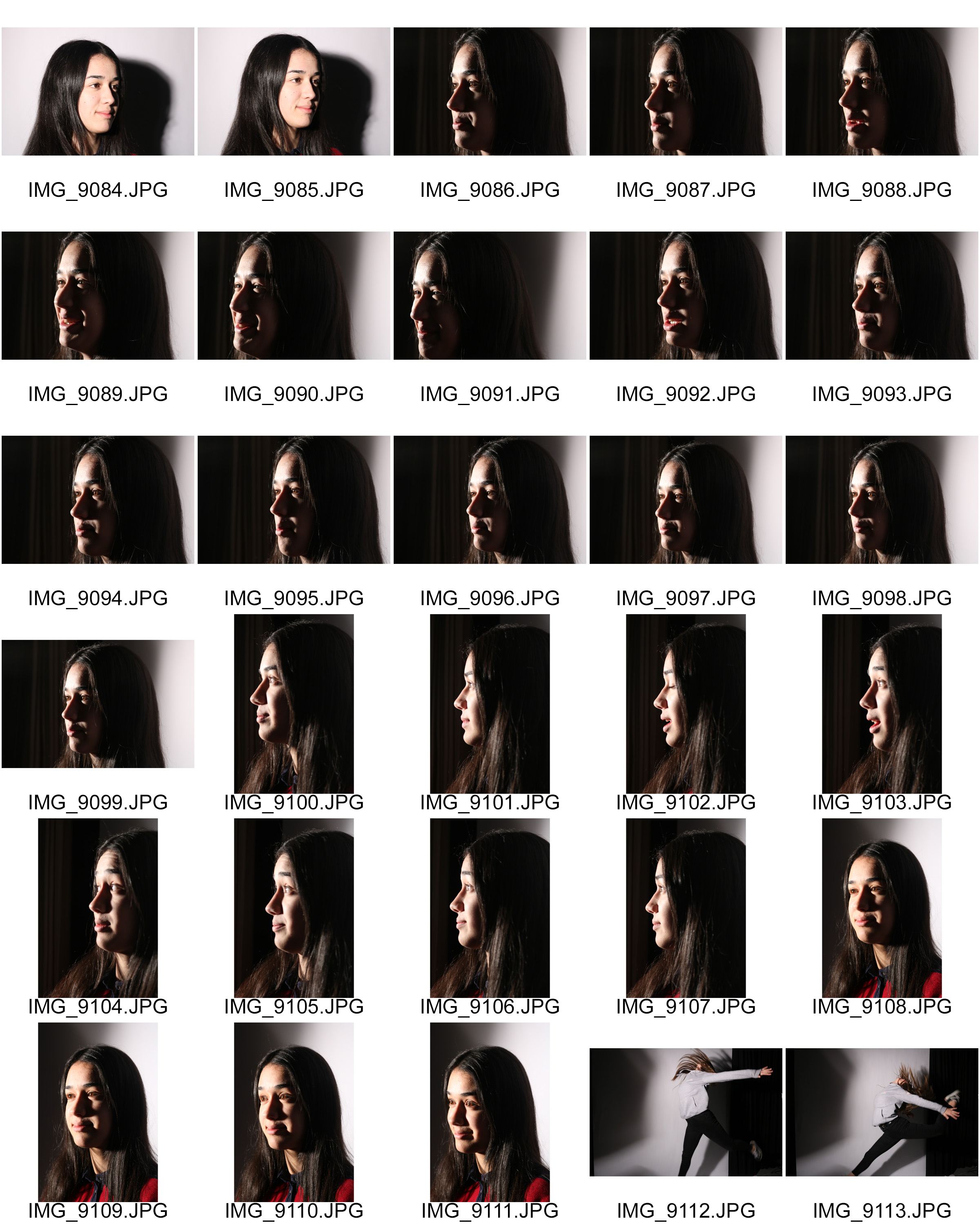
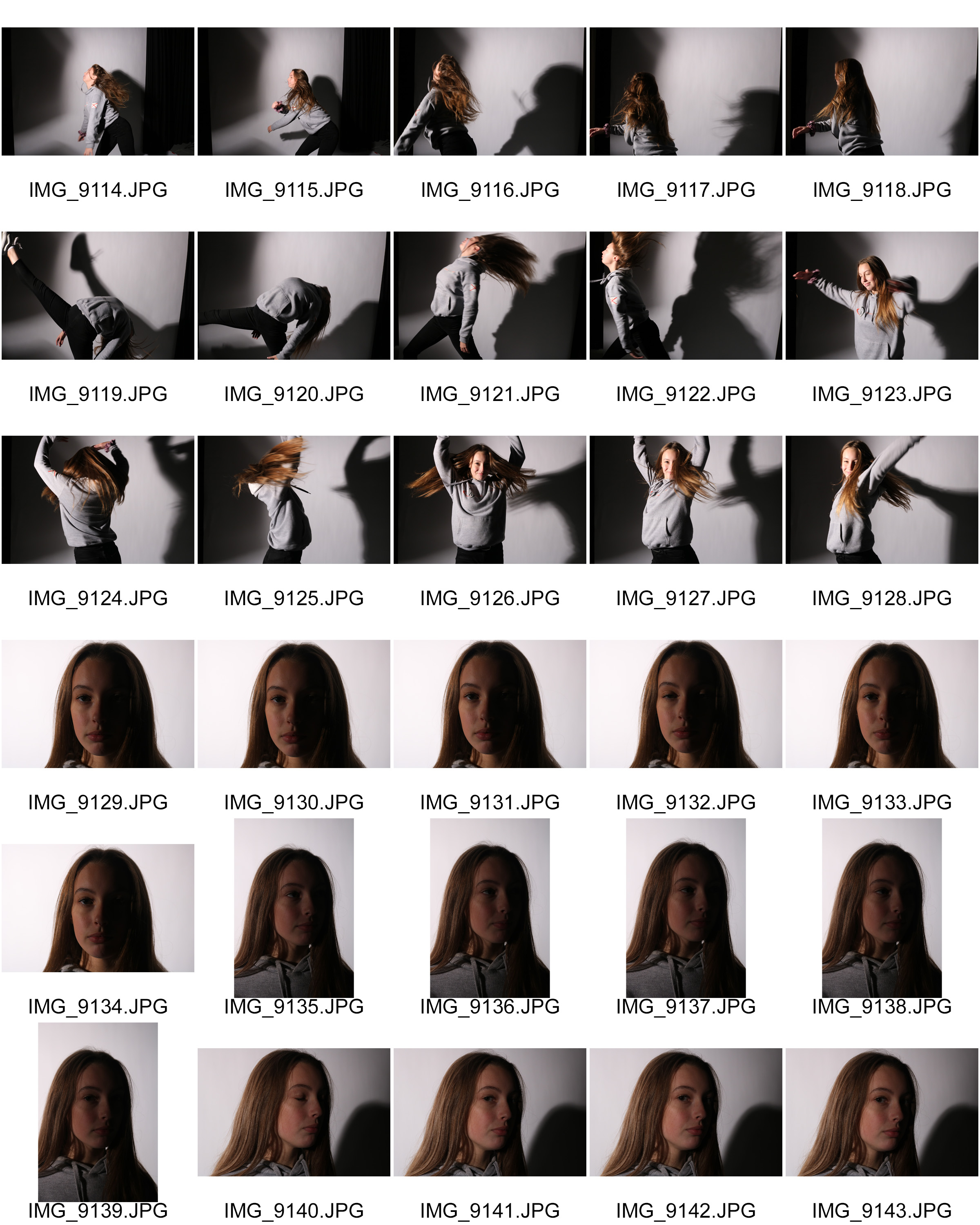
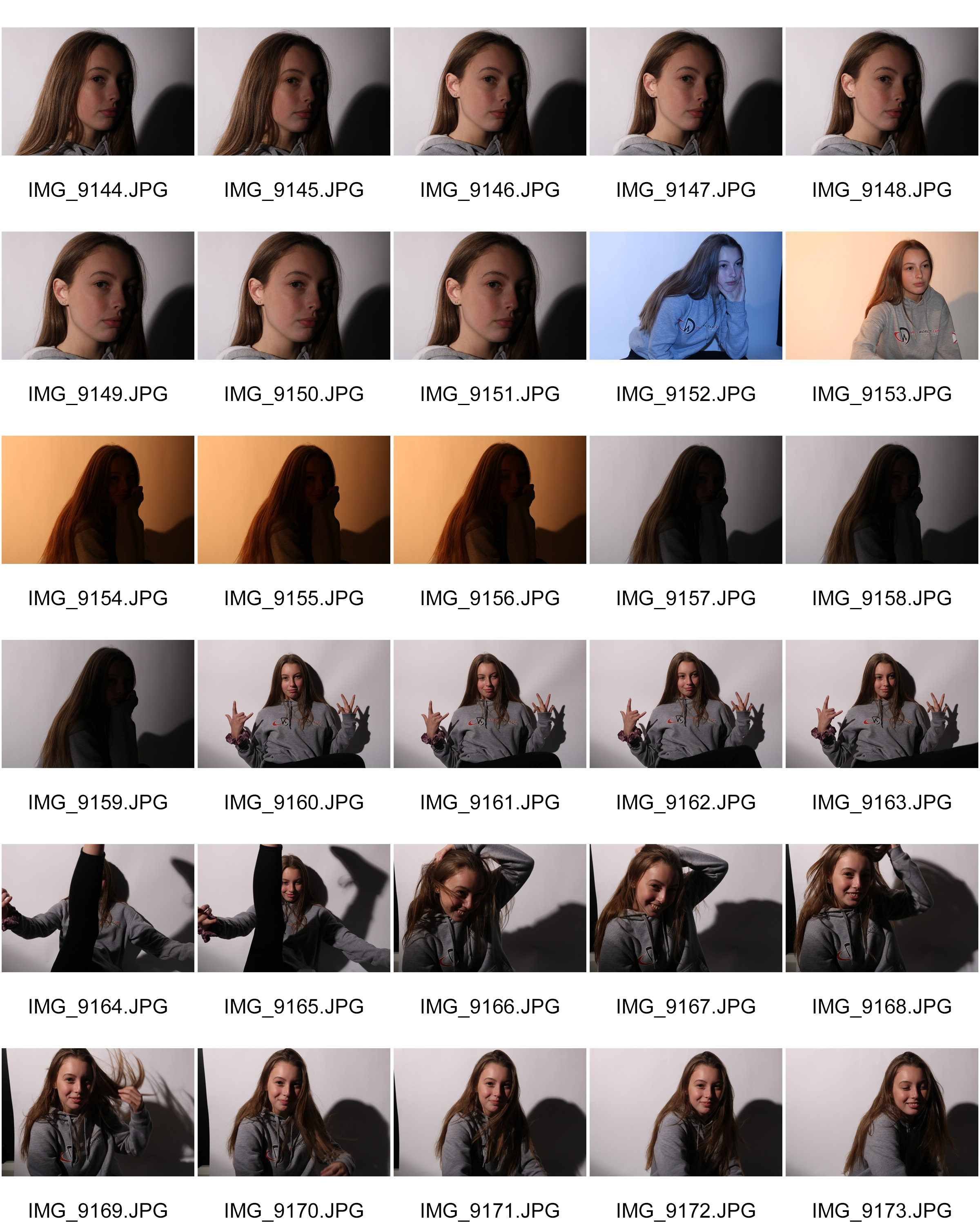

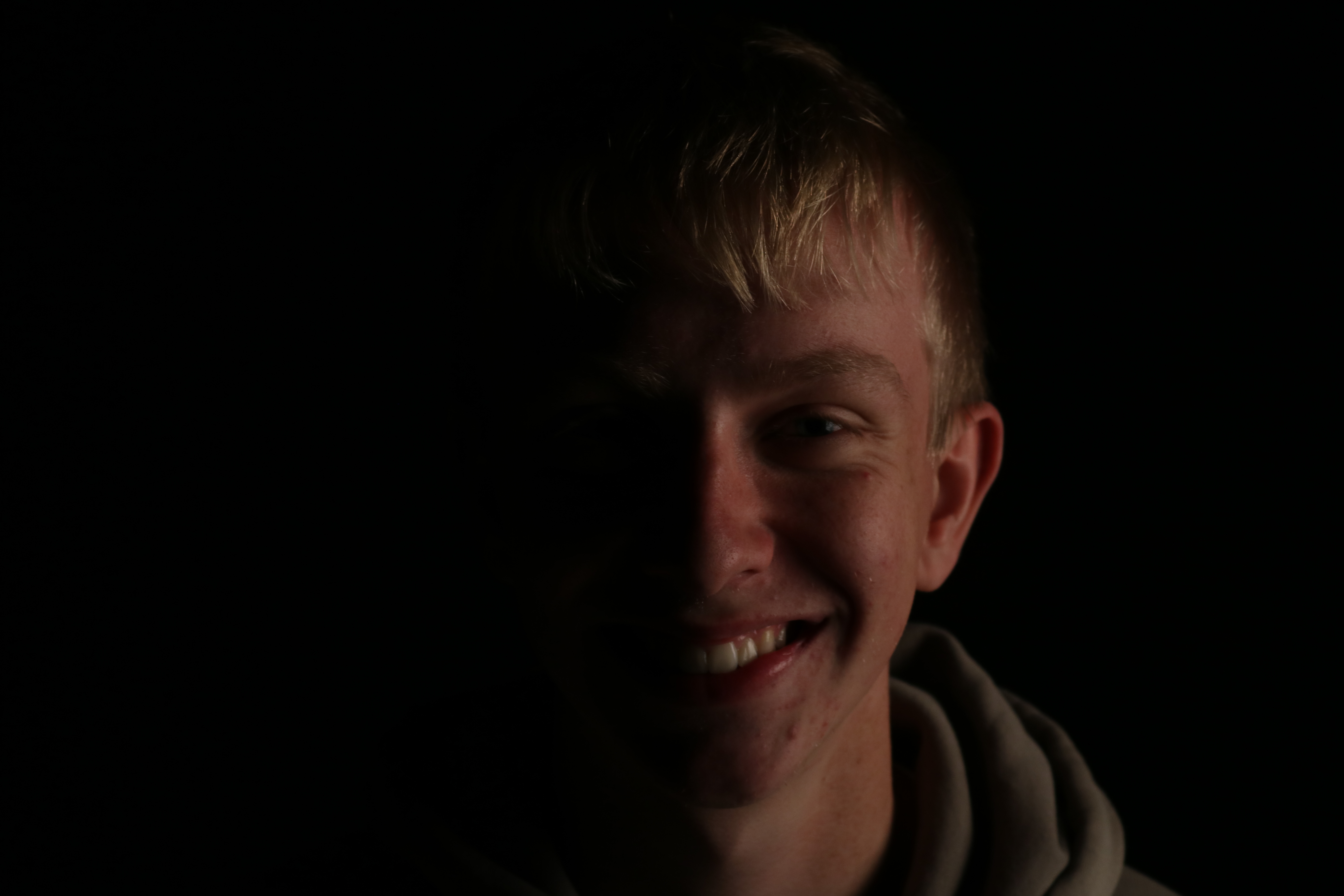
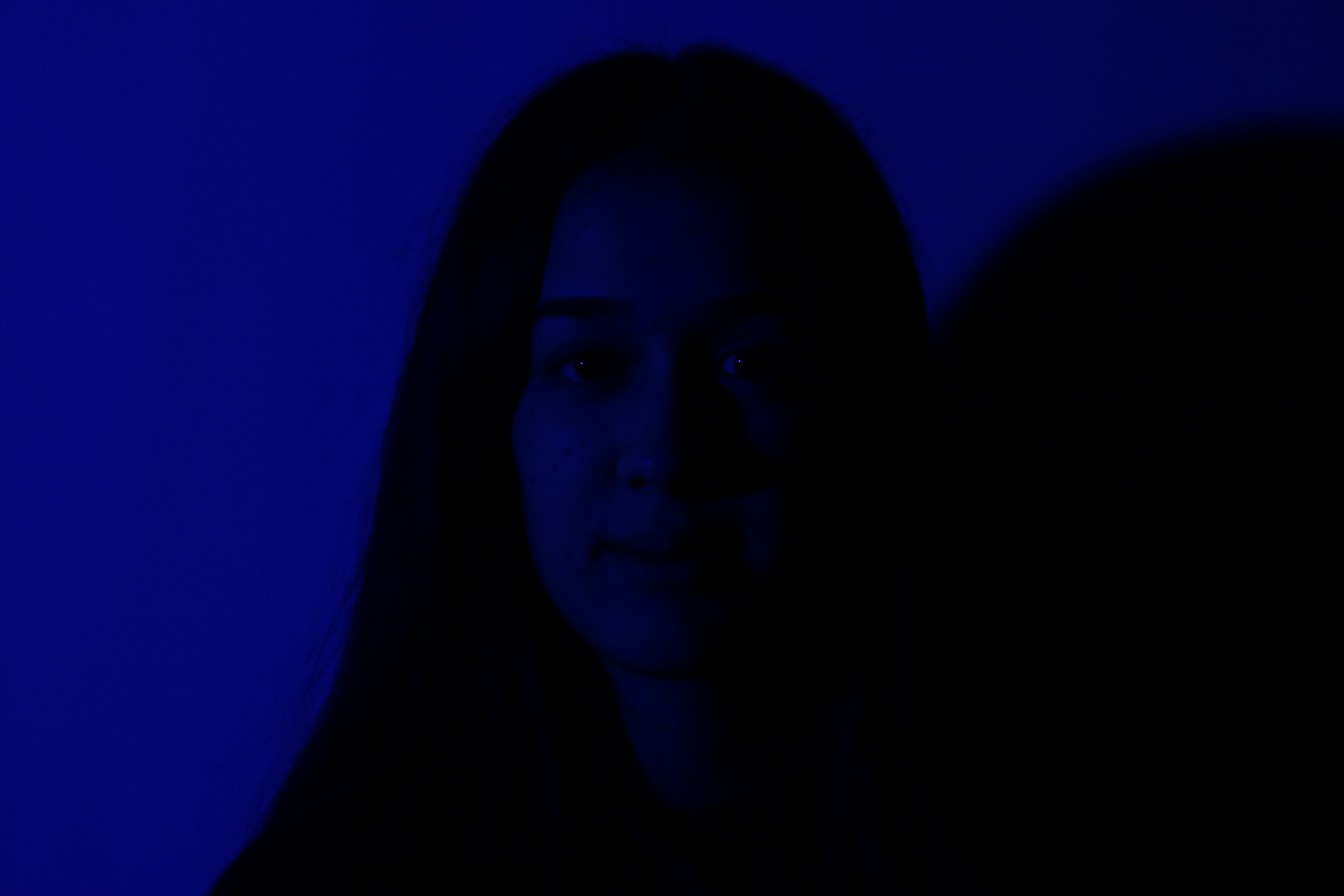
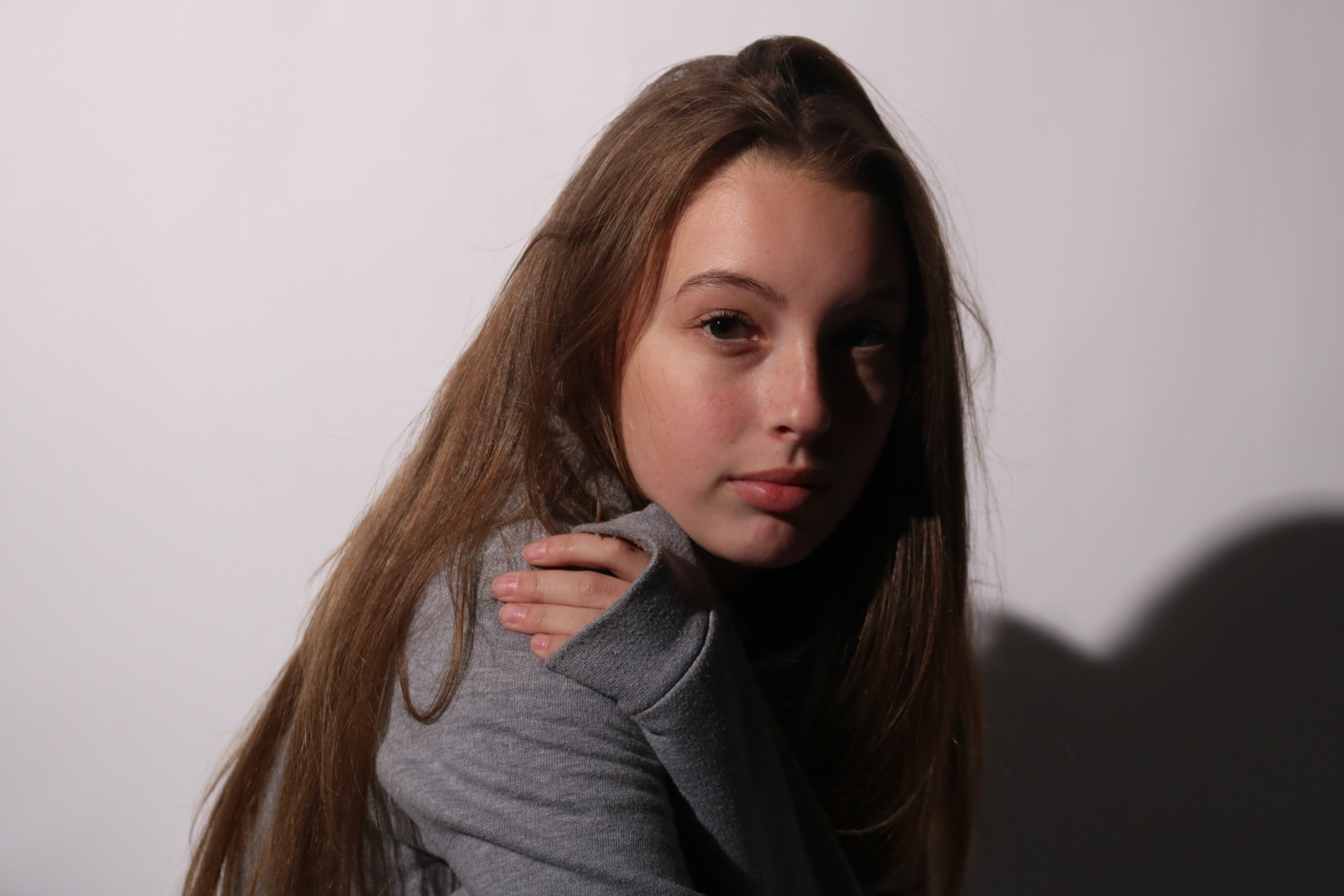
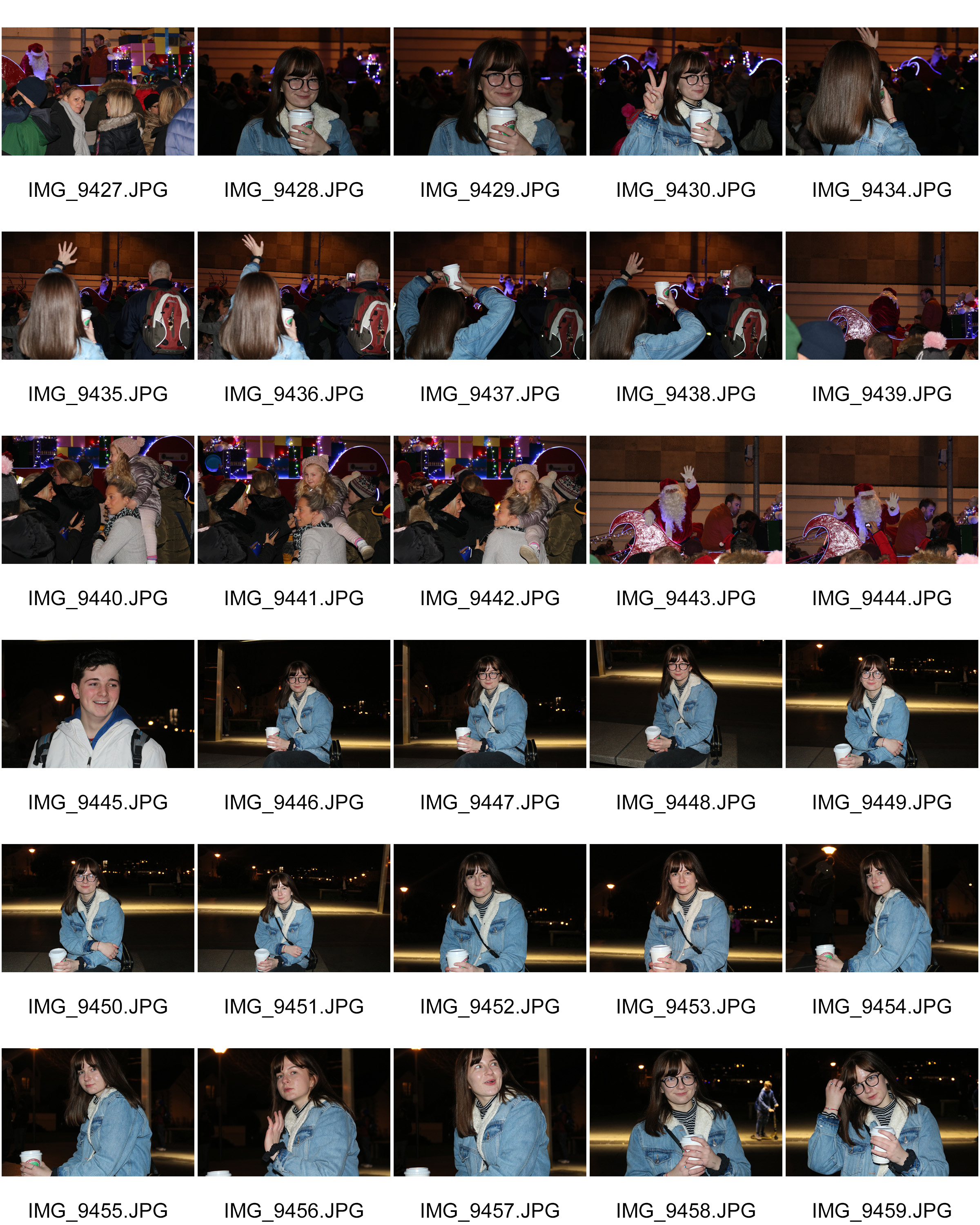


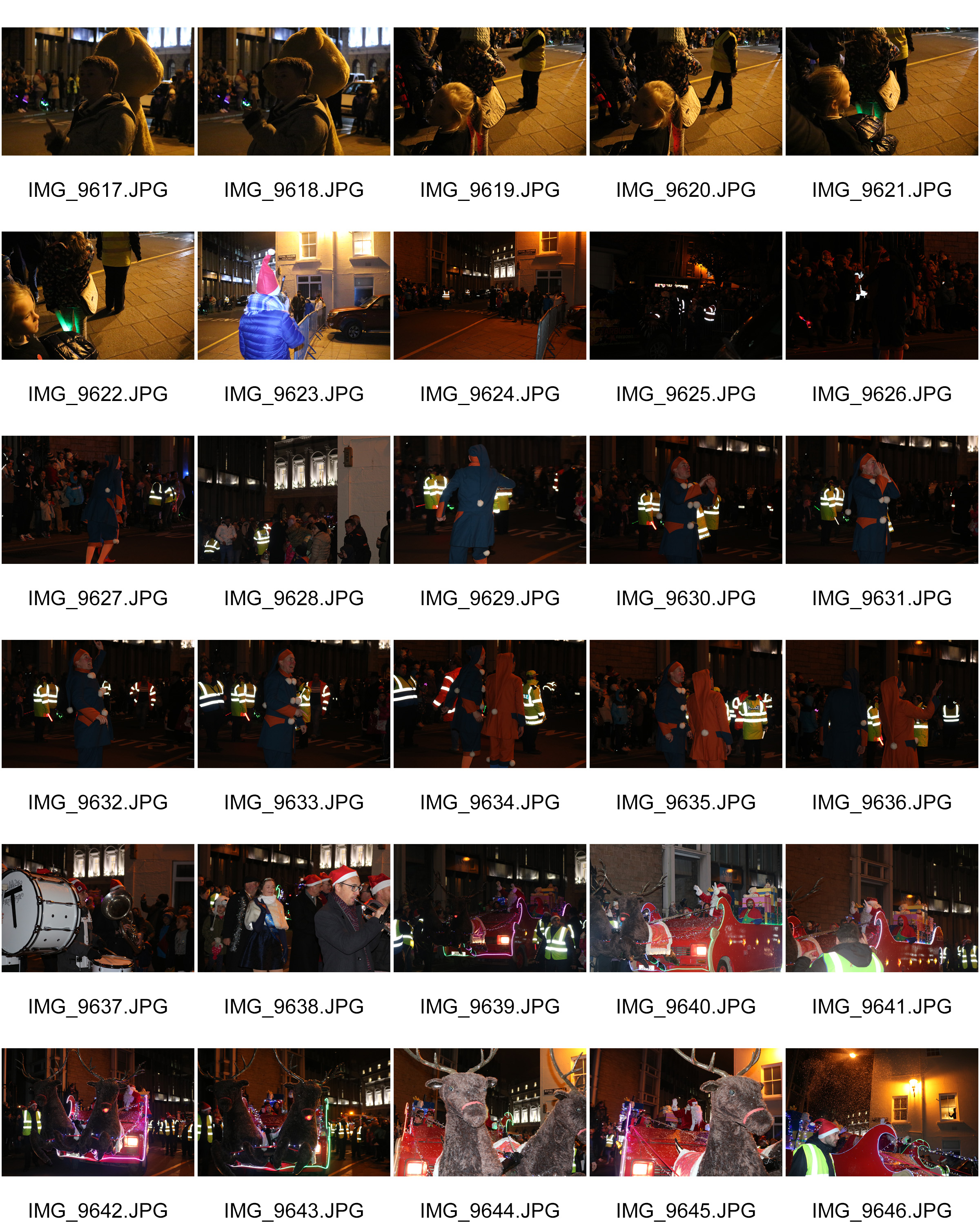
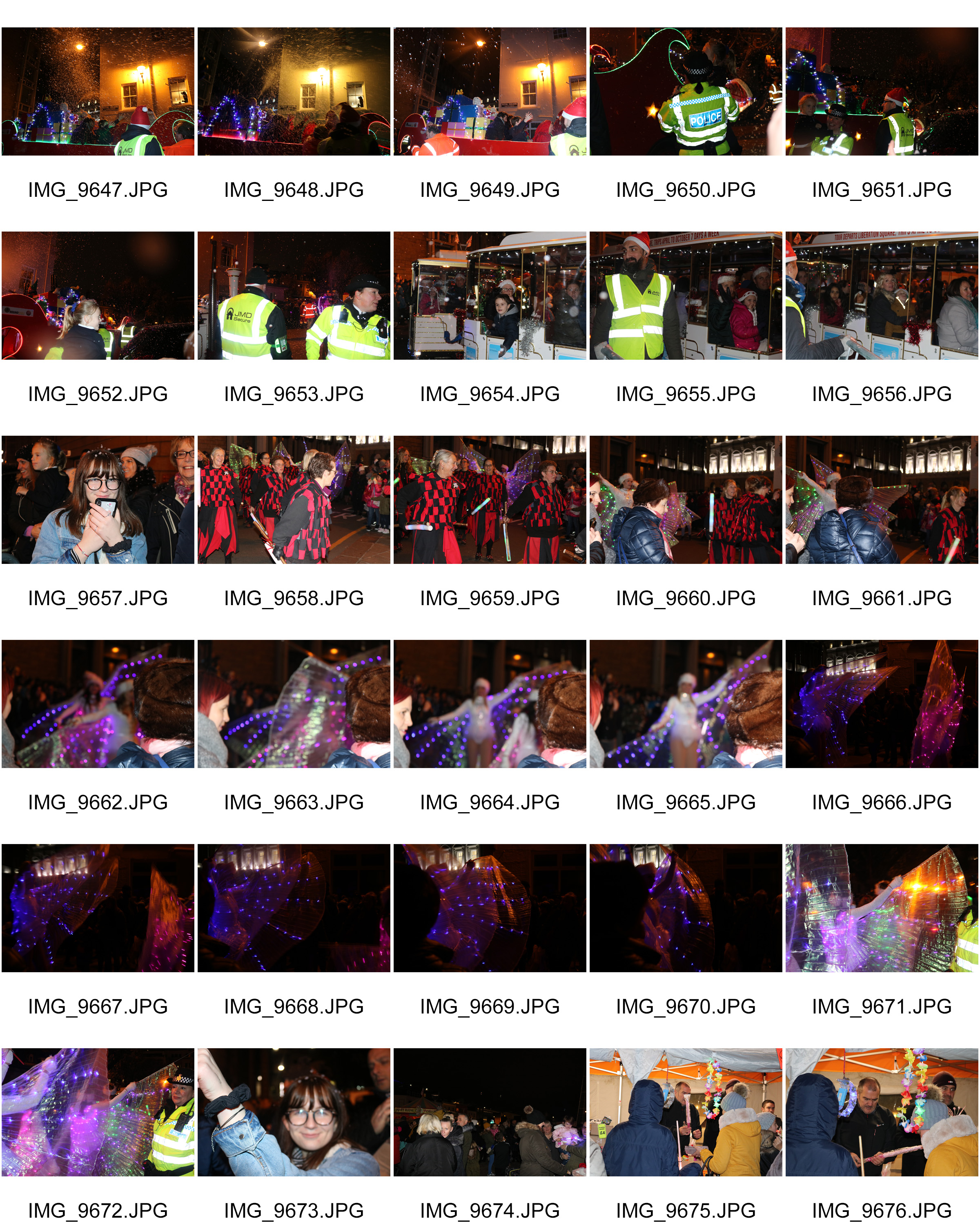


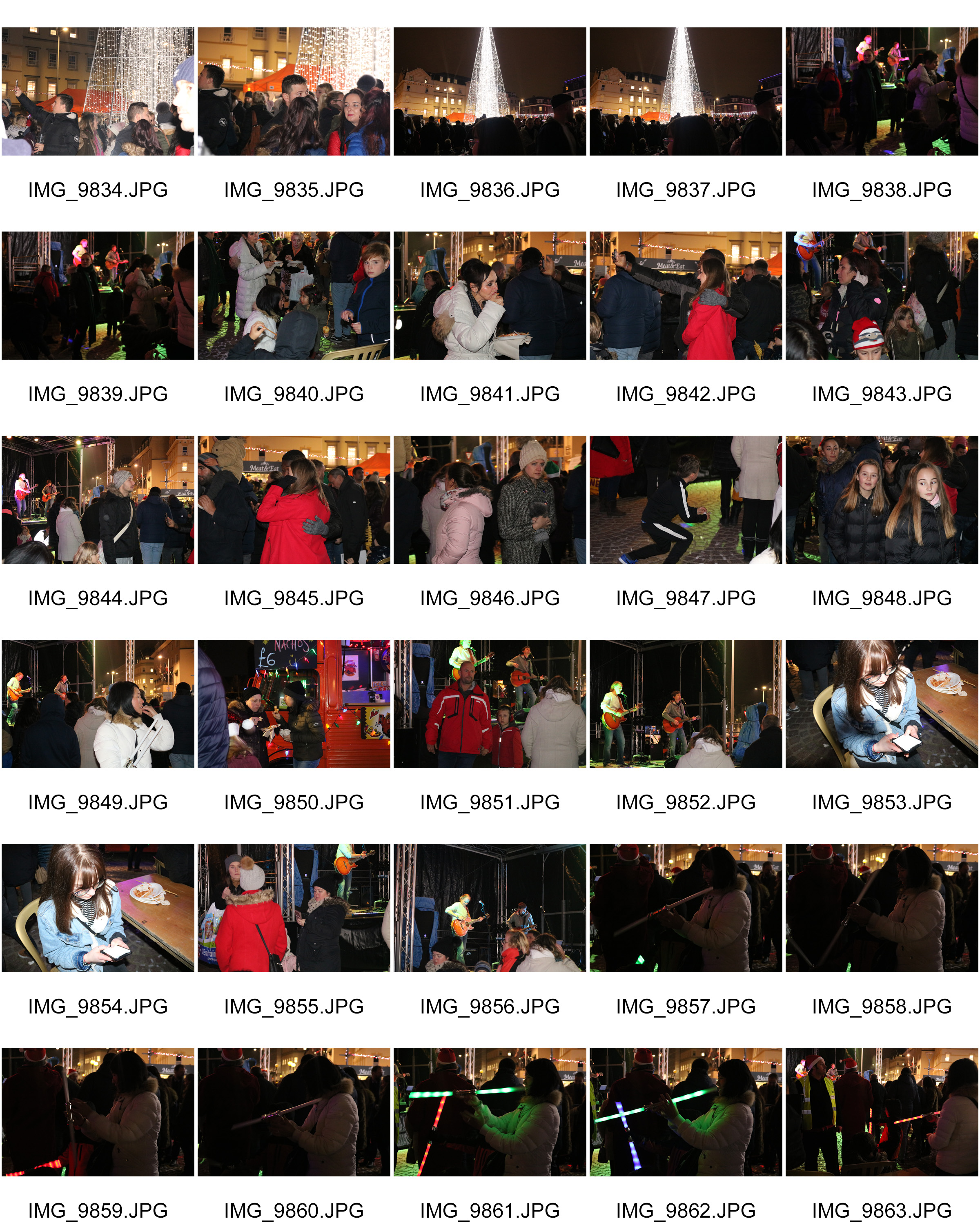
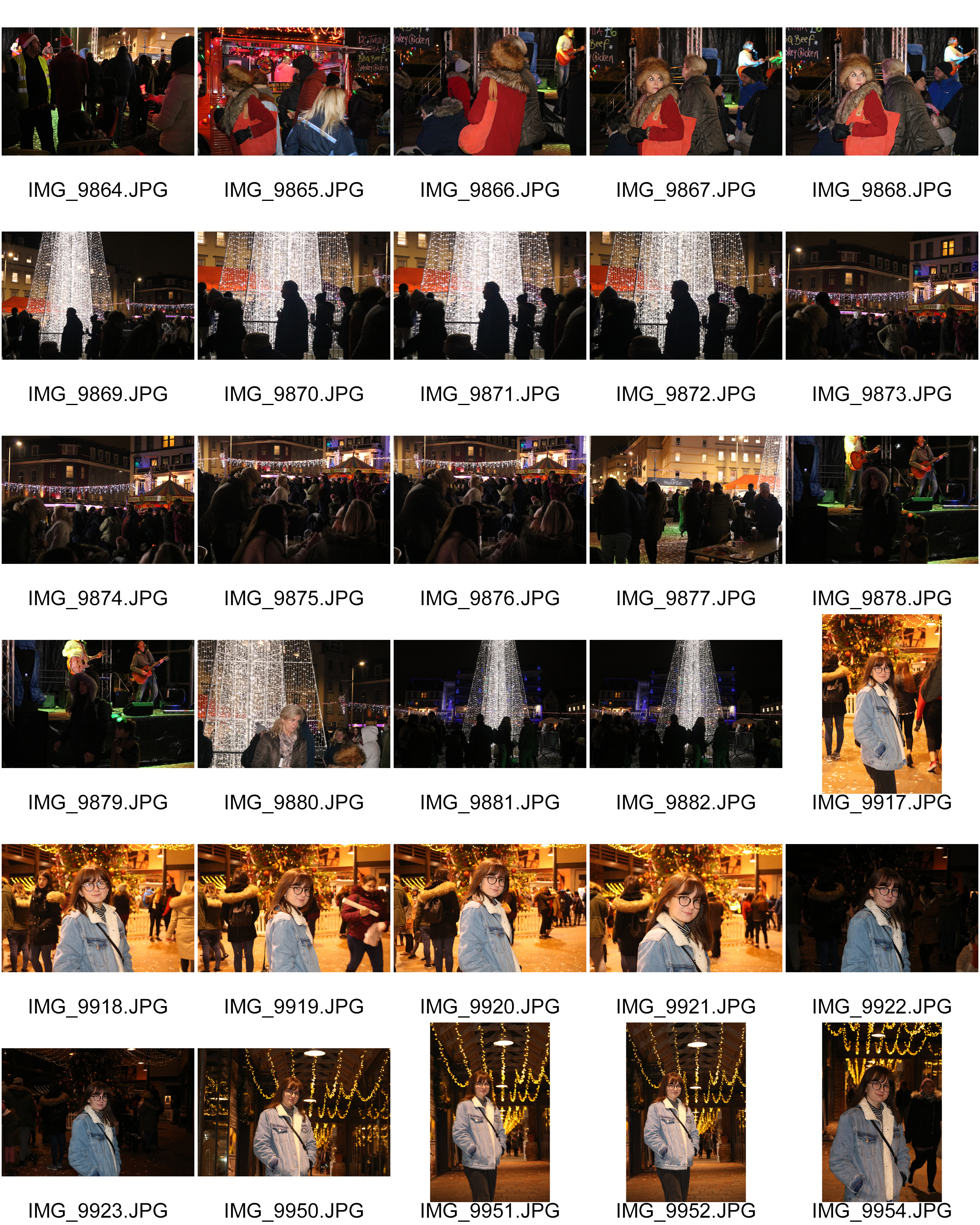
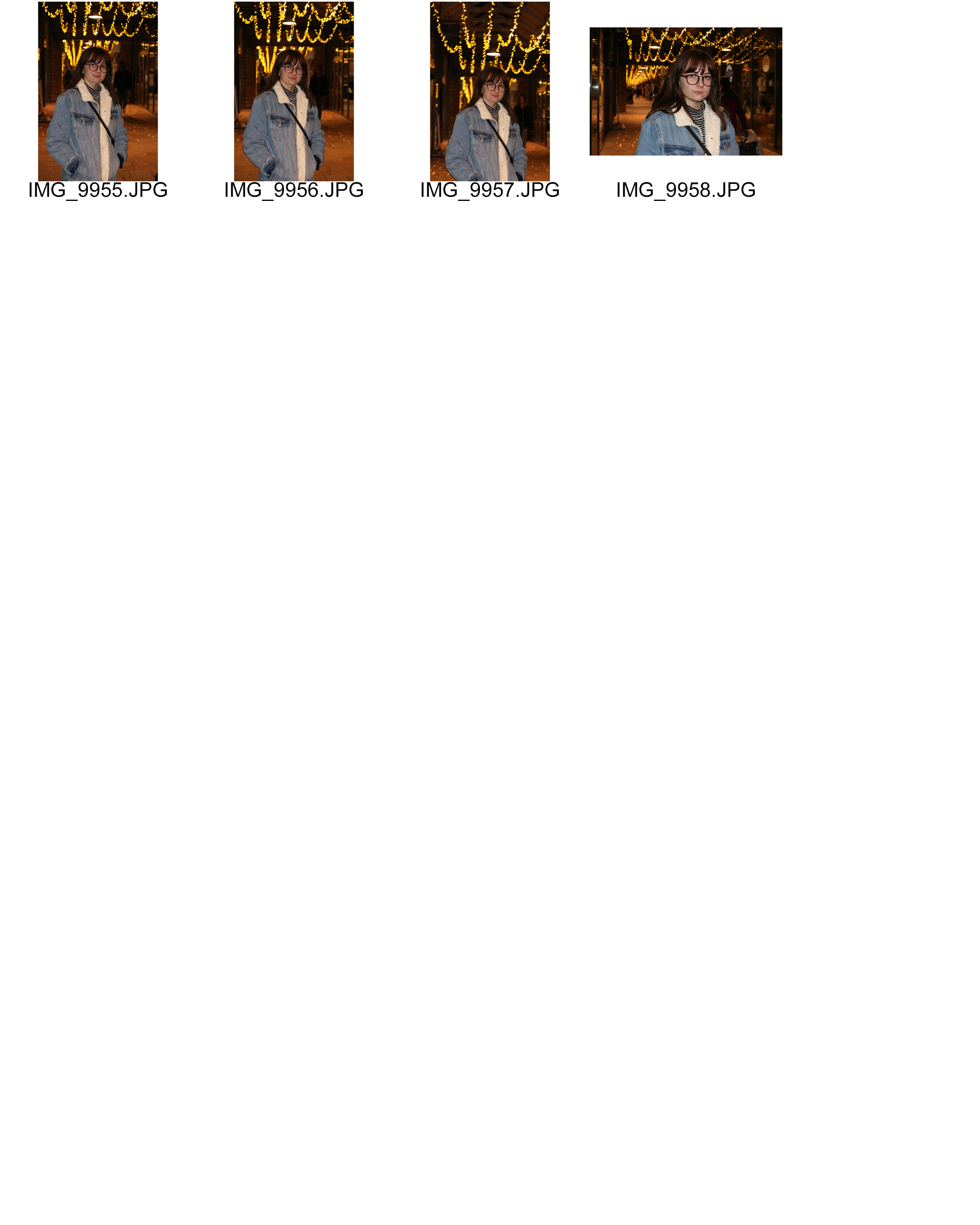 Best images
Best images
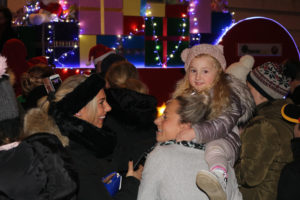
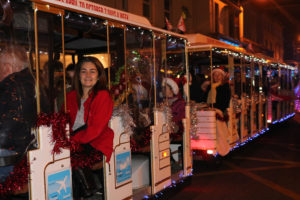

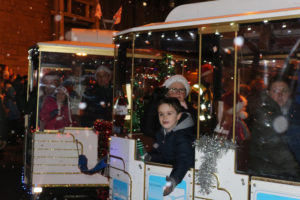
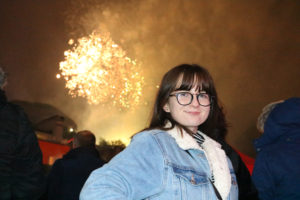

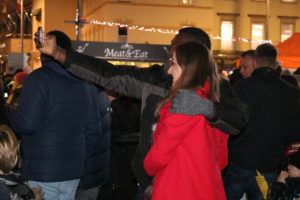
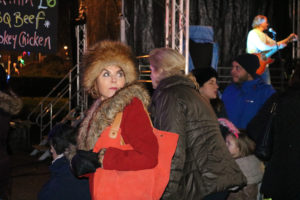
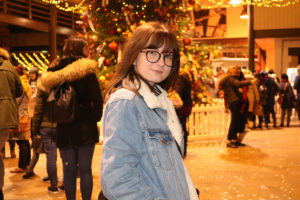
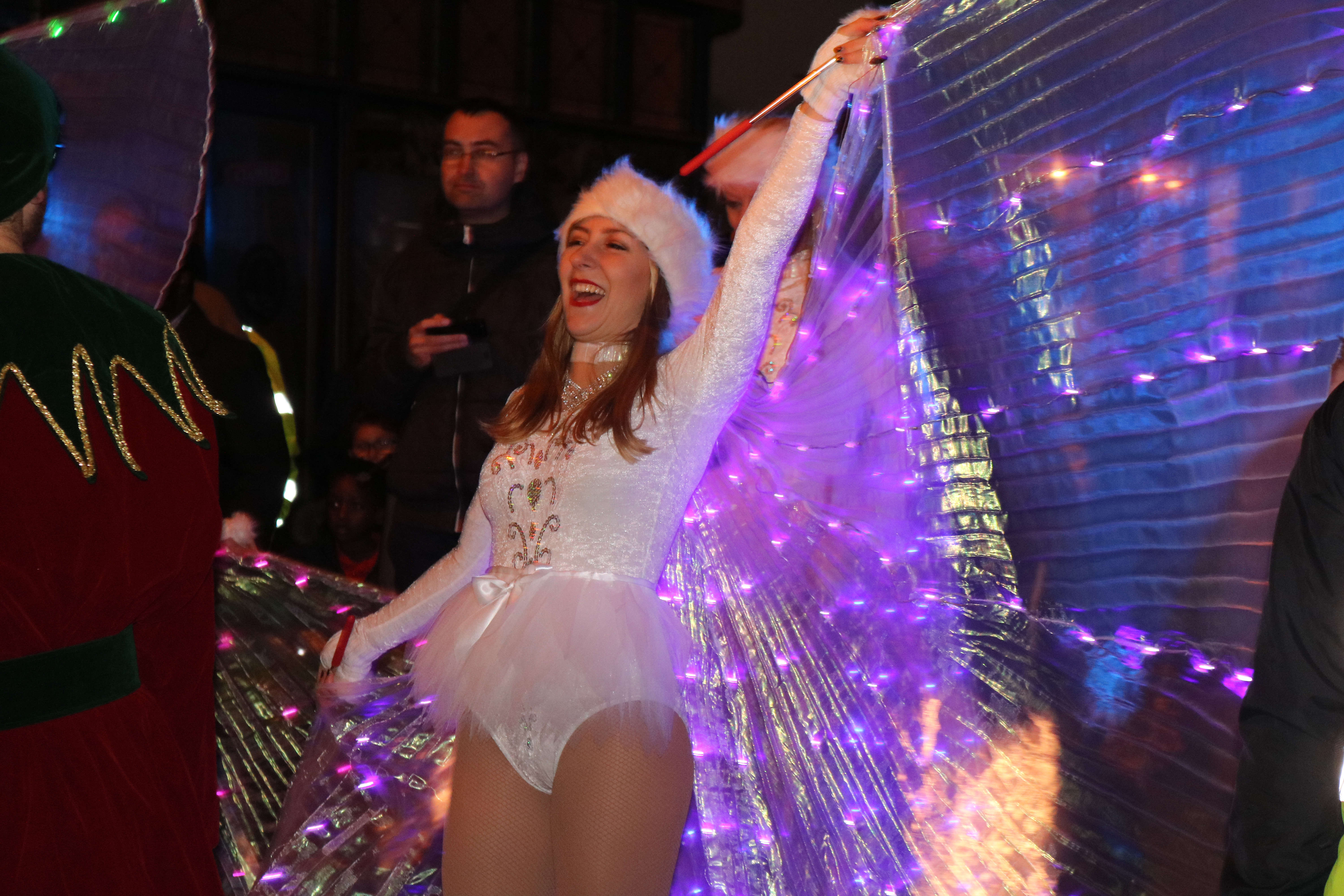
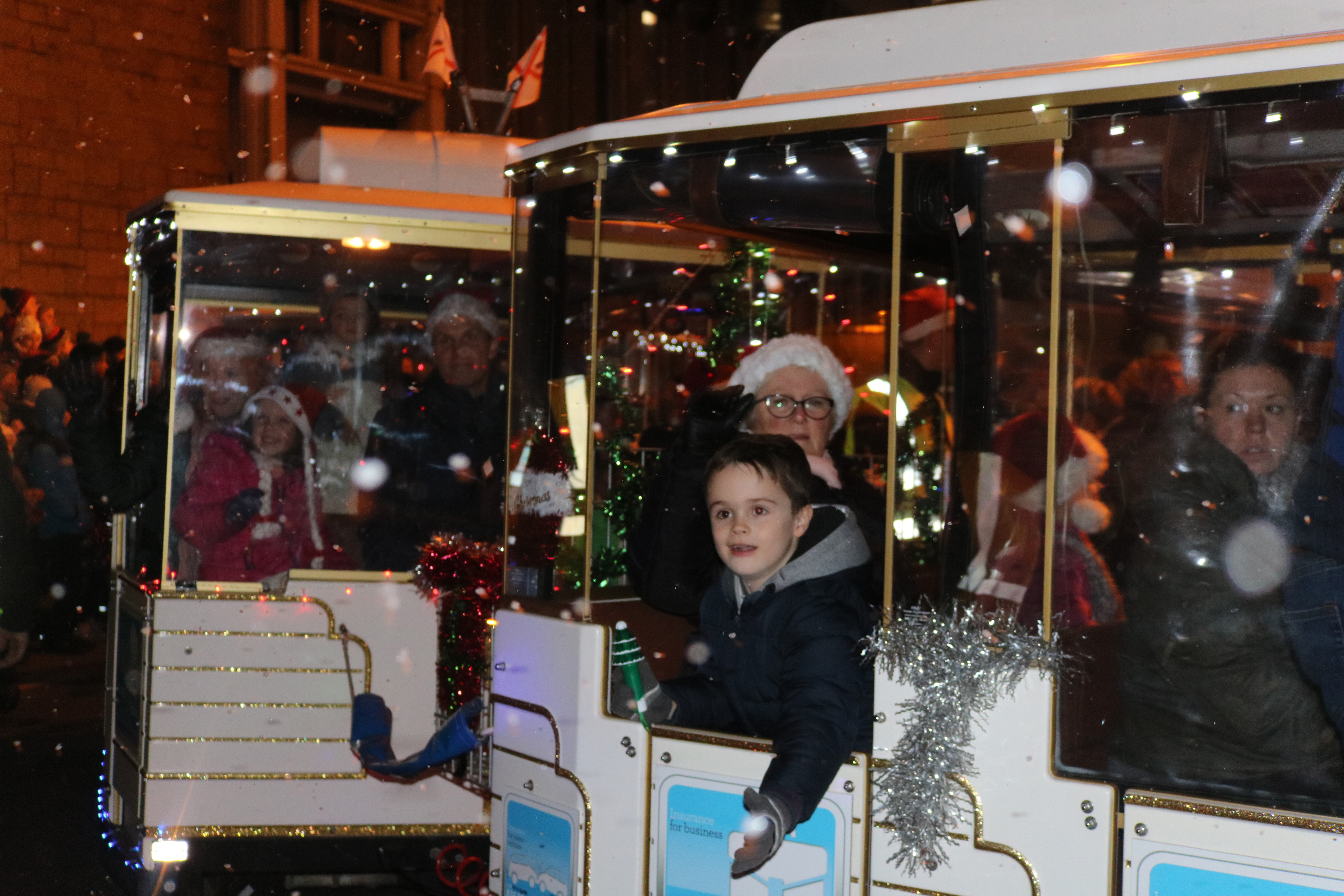

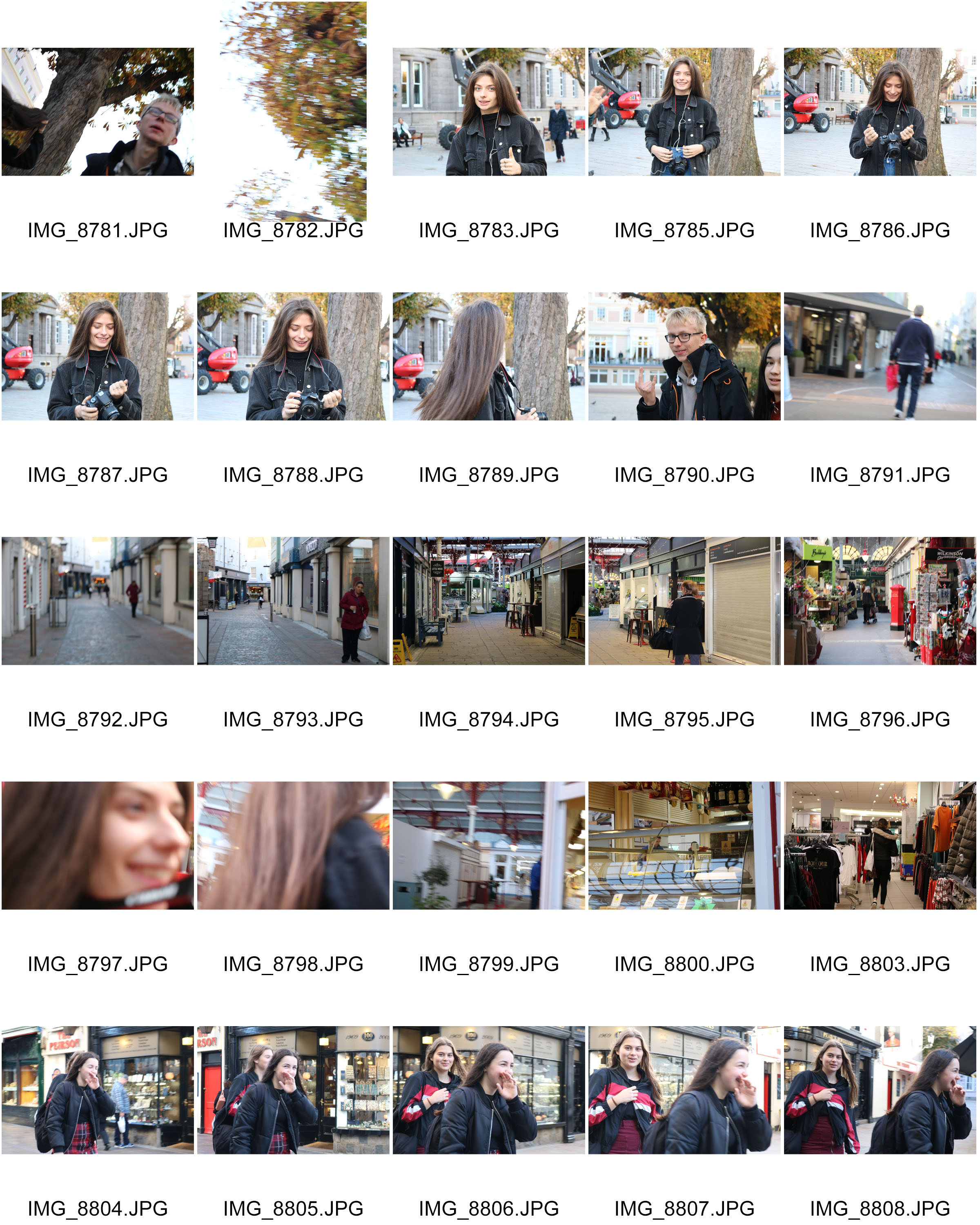
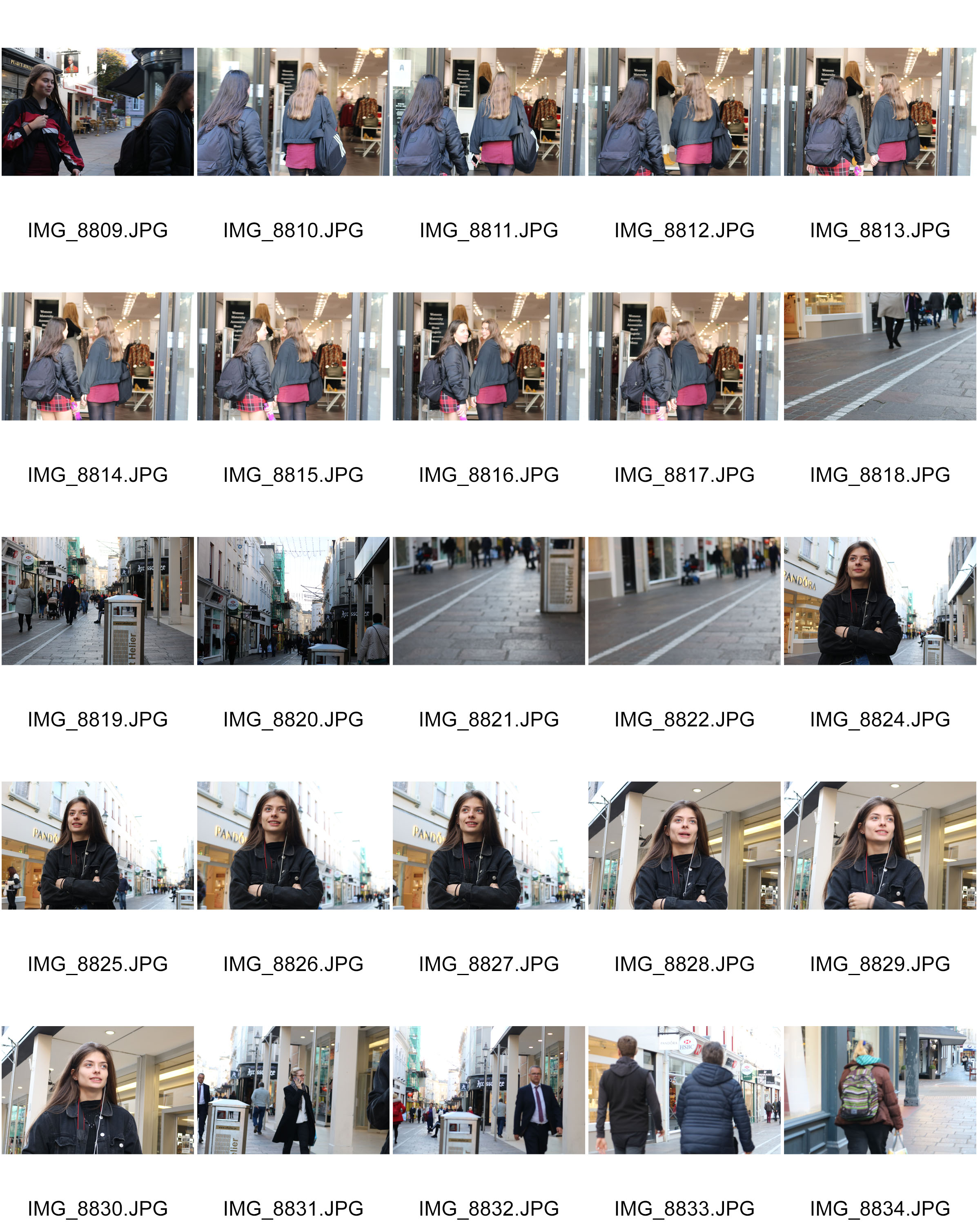


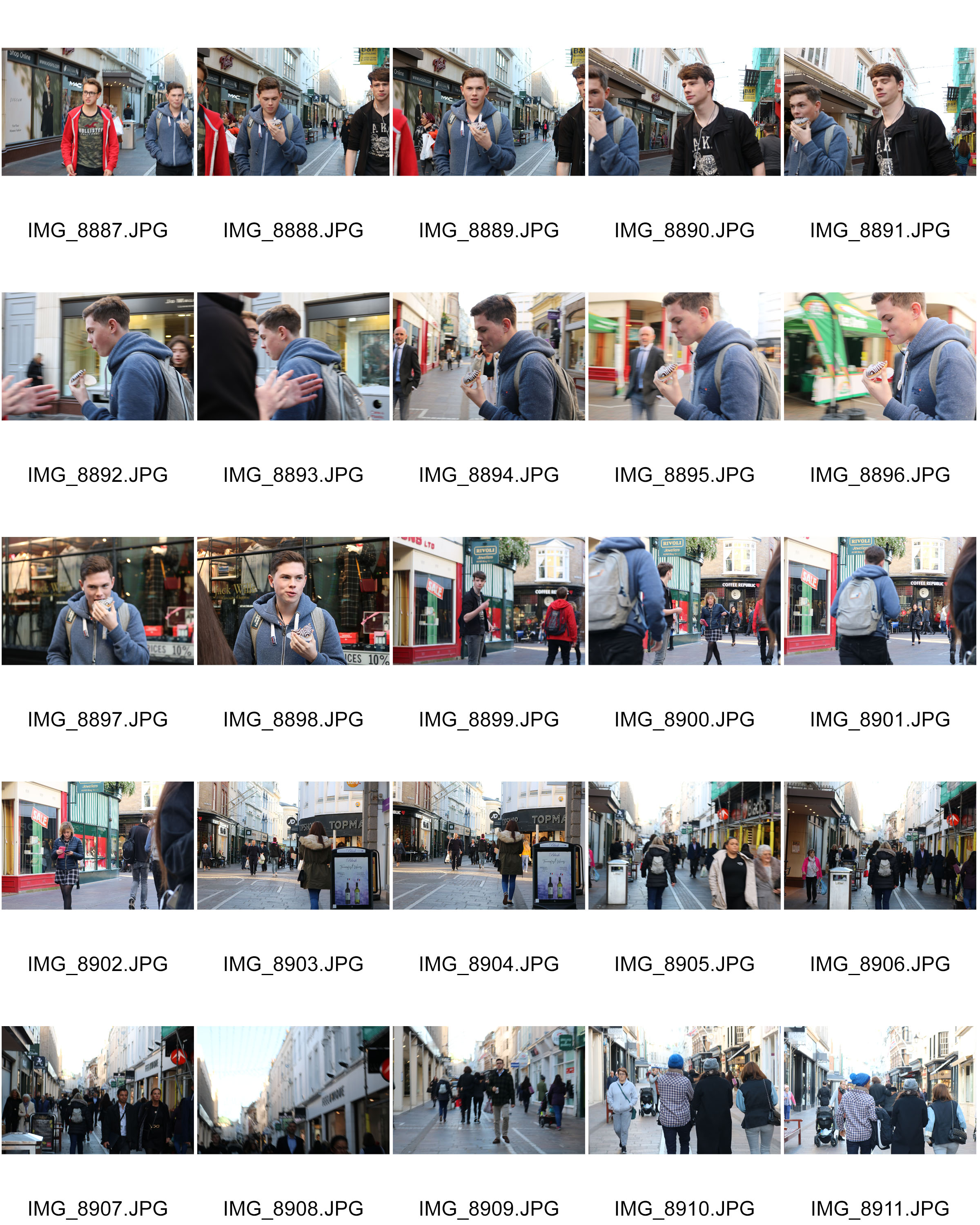
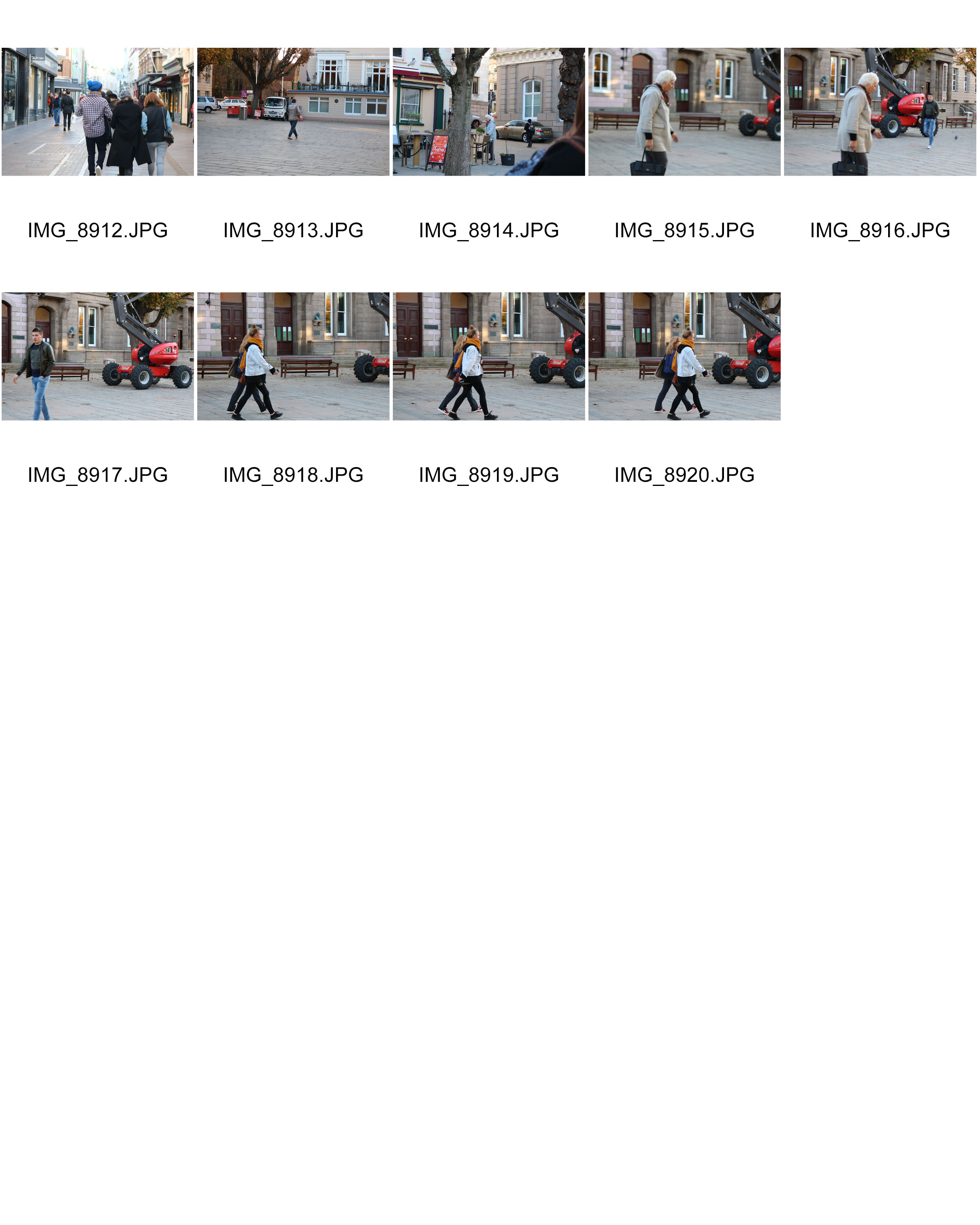

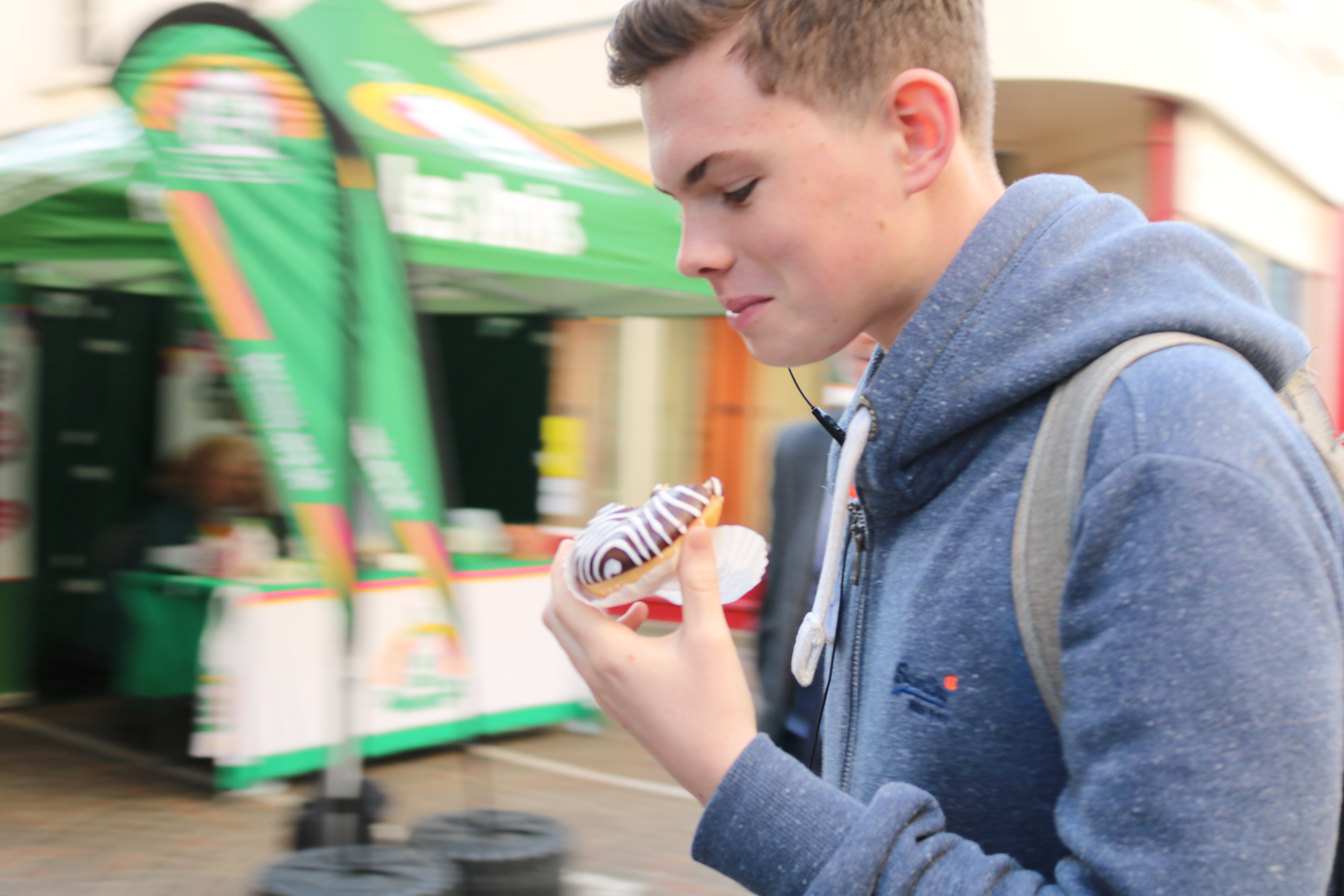
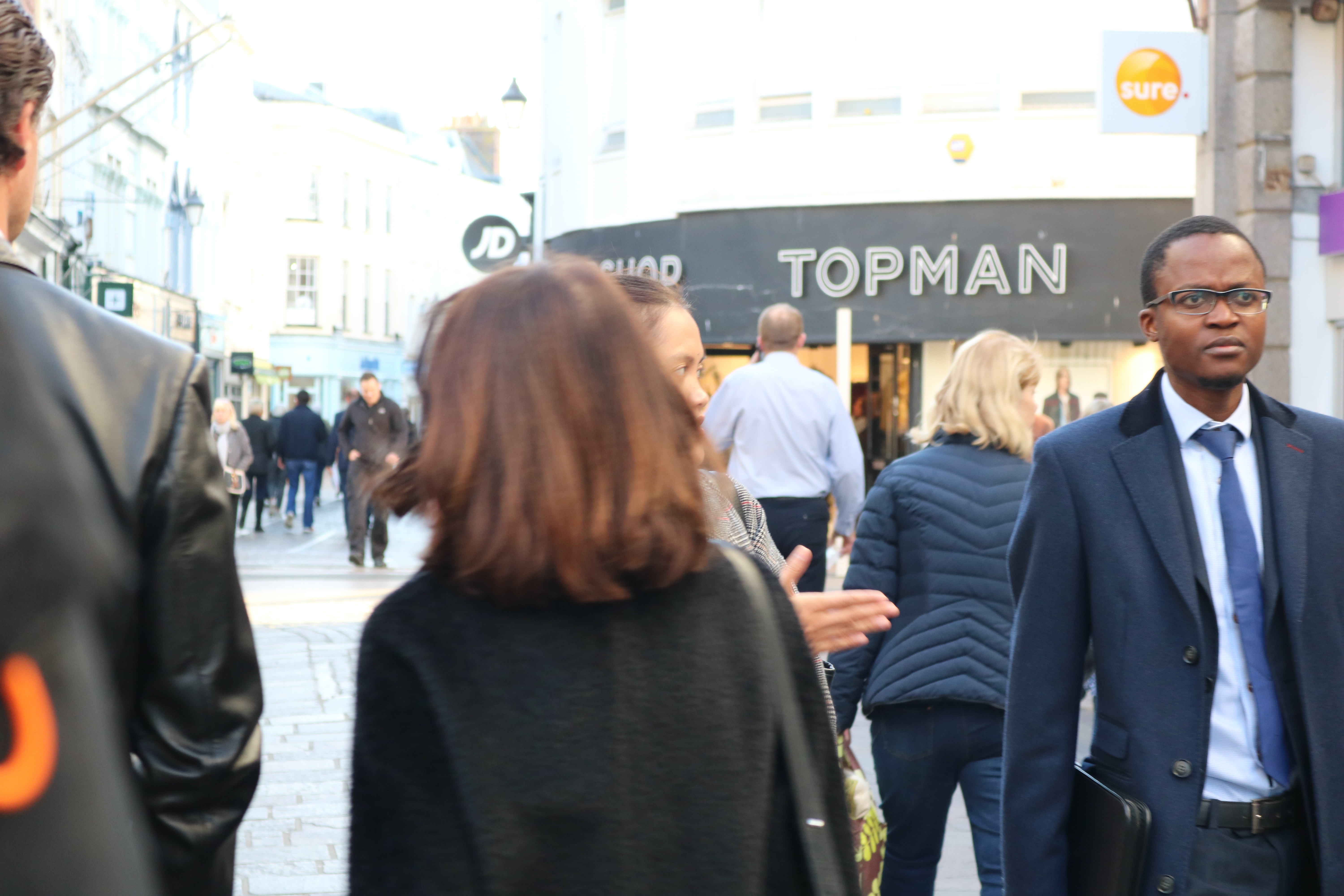

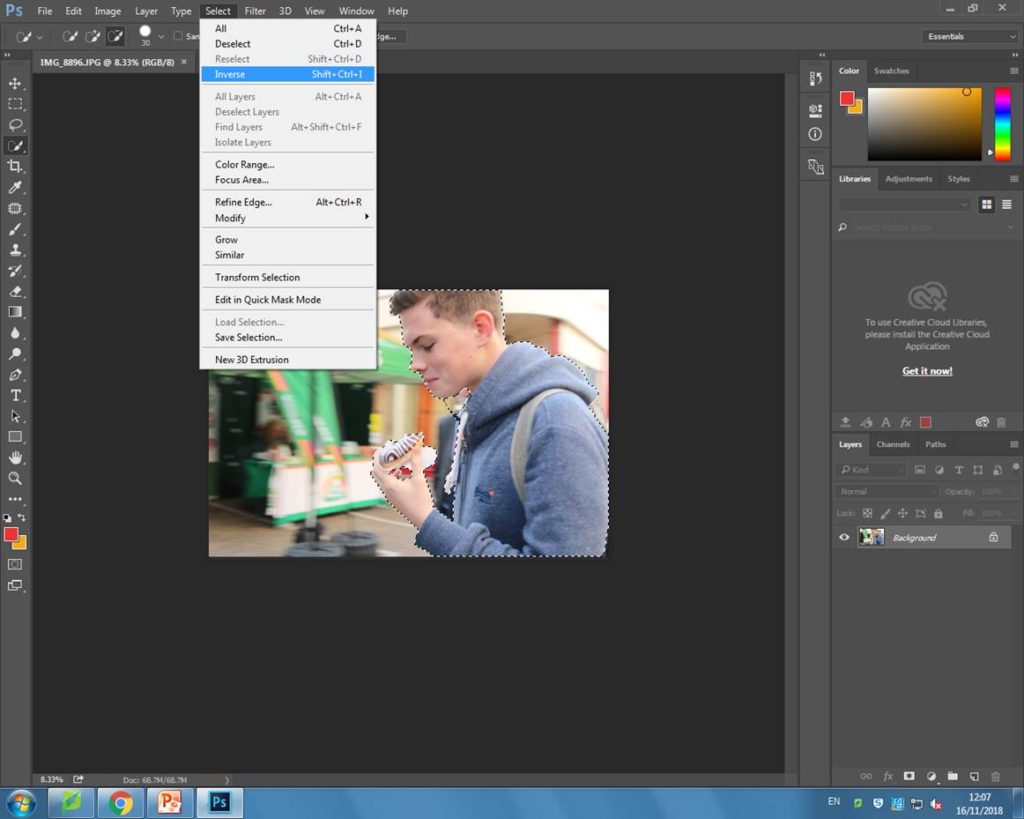


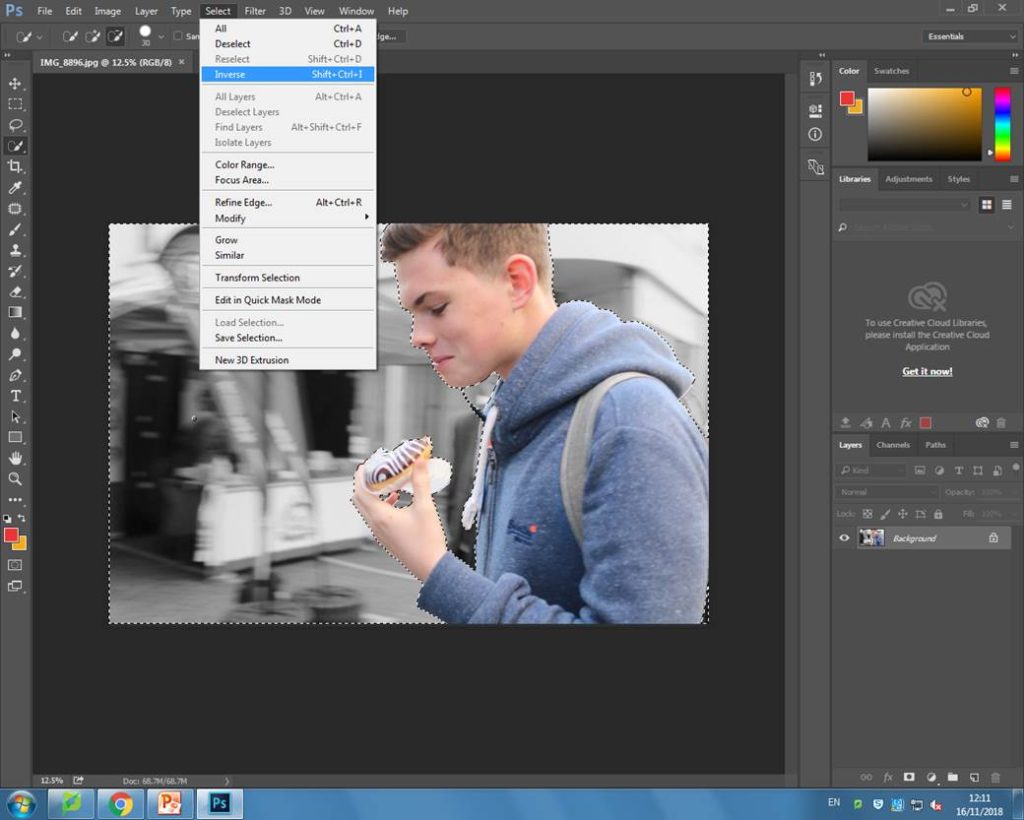
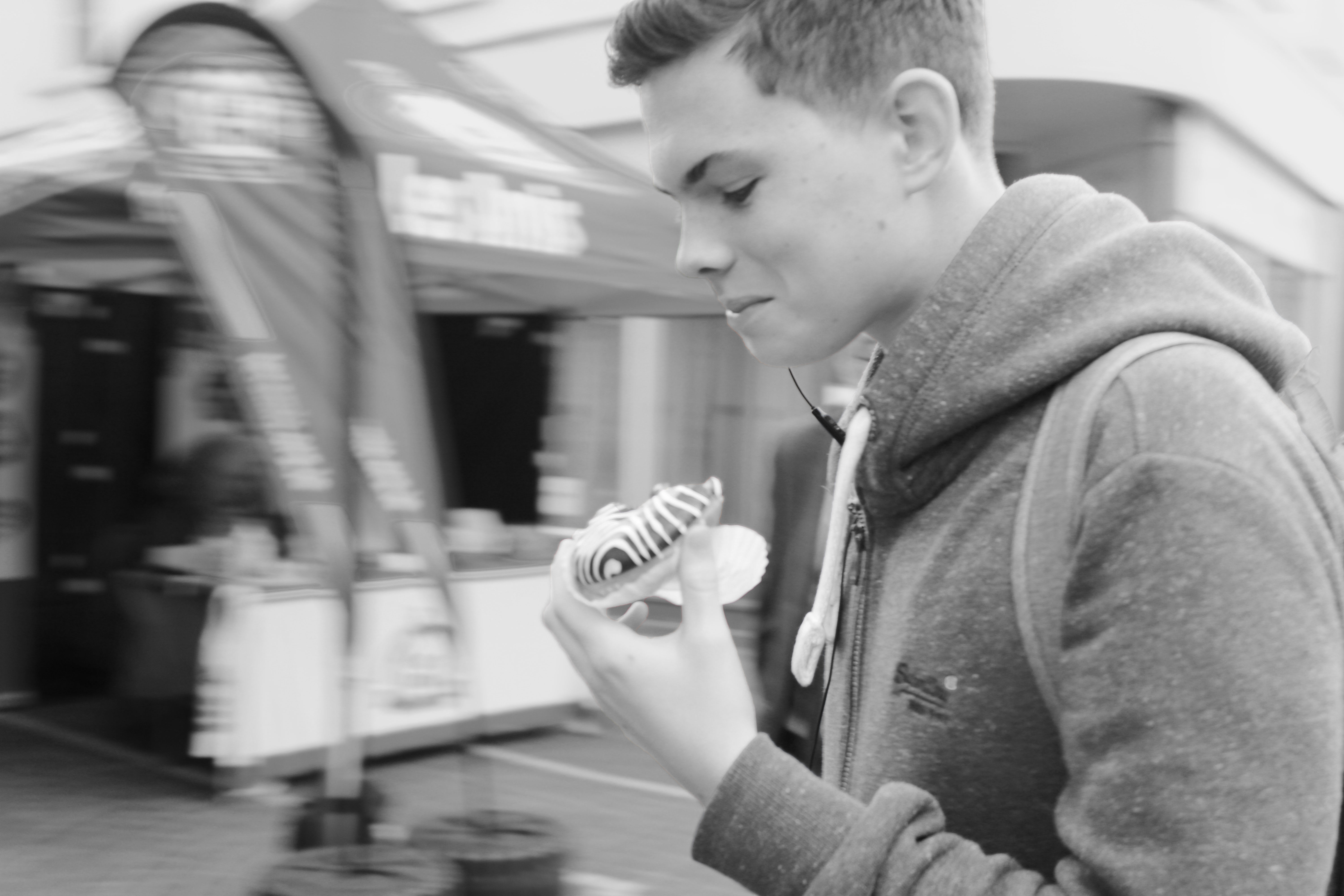
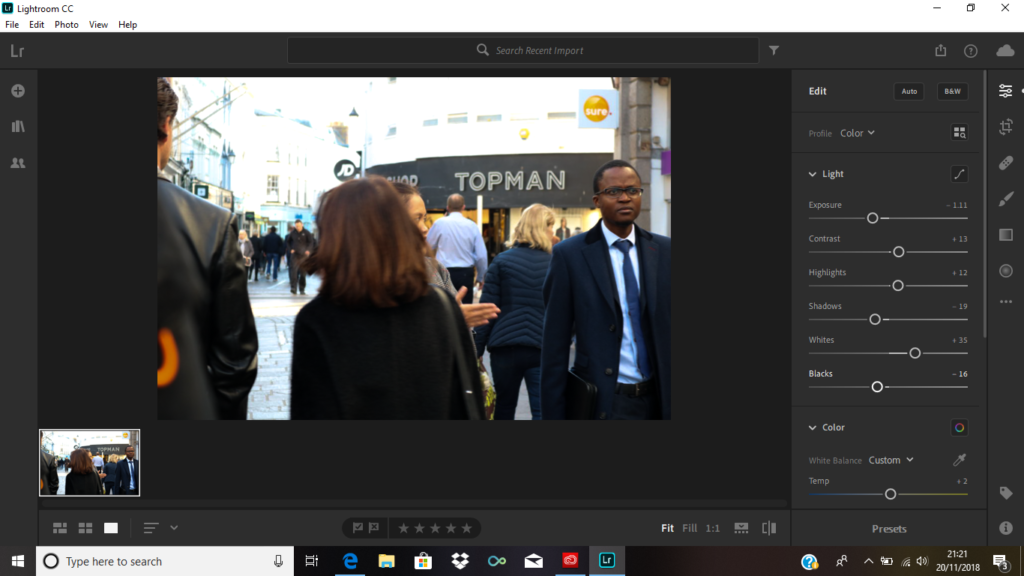 I edited this image using Lightroom. As the image was overexposed along the top, I lowered the exposure, shadows and black shades and increased increased the contrast, highlights and whites. This helped not make the people in the image too overexposed.
I edited this image using Lightroom. As the image was overexposed along the top, I lowered the exposure, shadows and black shades and increased increased the contrast, highlights and whites. This helped not make the people in the image too overexposed. Lastly, I cropped the image to get rid of the left part as I thought it was quite unnecessary since it was quite distracting. This way you’re able to notice the main subject of the image more.
Lastly, I cropped the image to get rid of the left part as I thought it was quite unnecessary since it was quite distracting. This way you’re able to notice the main subject of the image more.